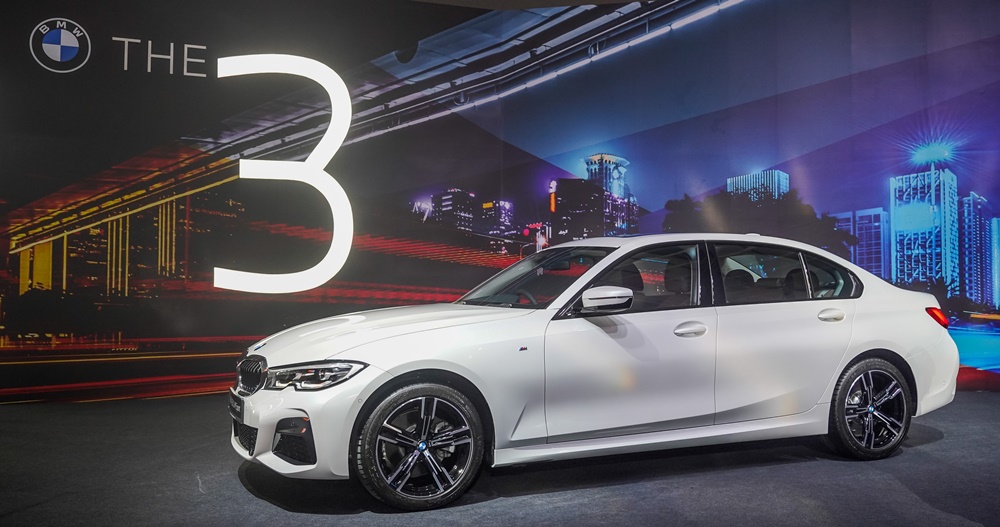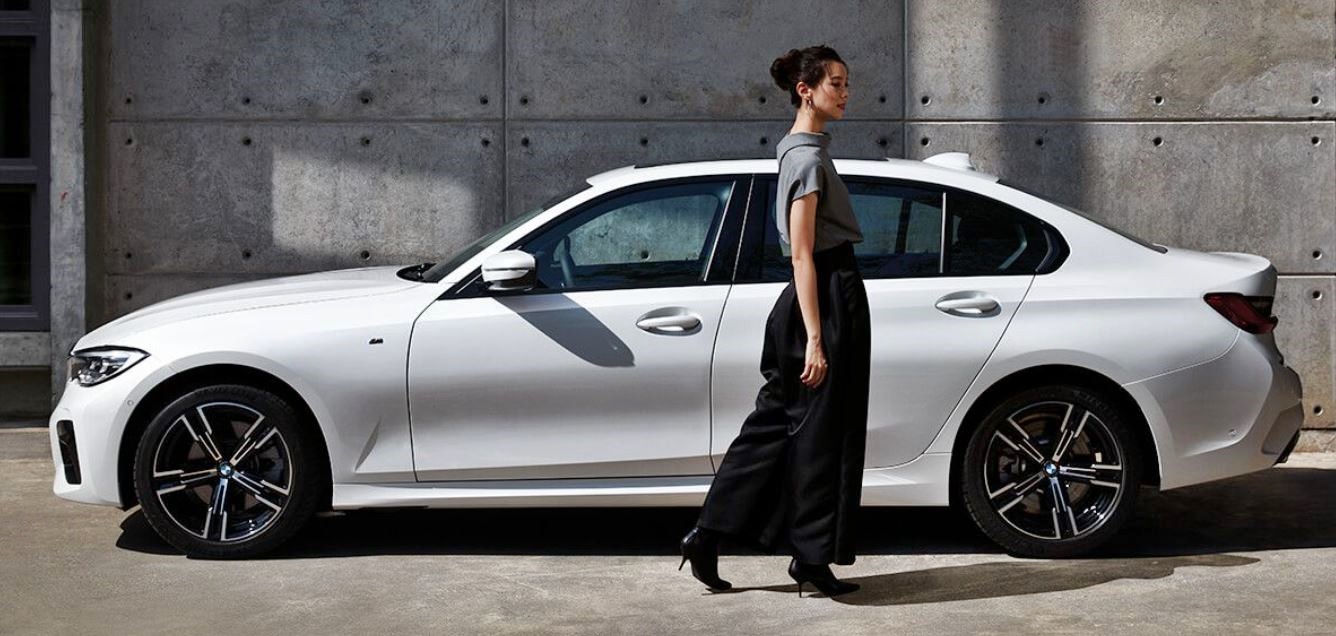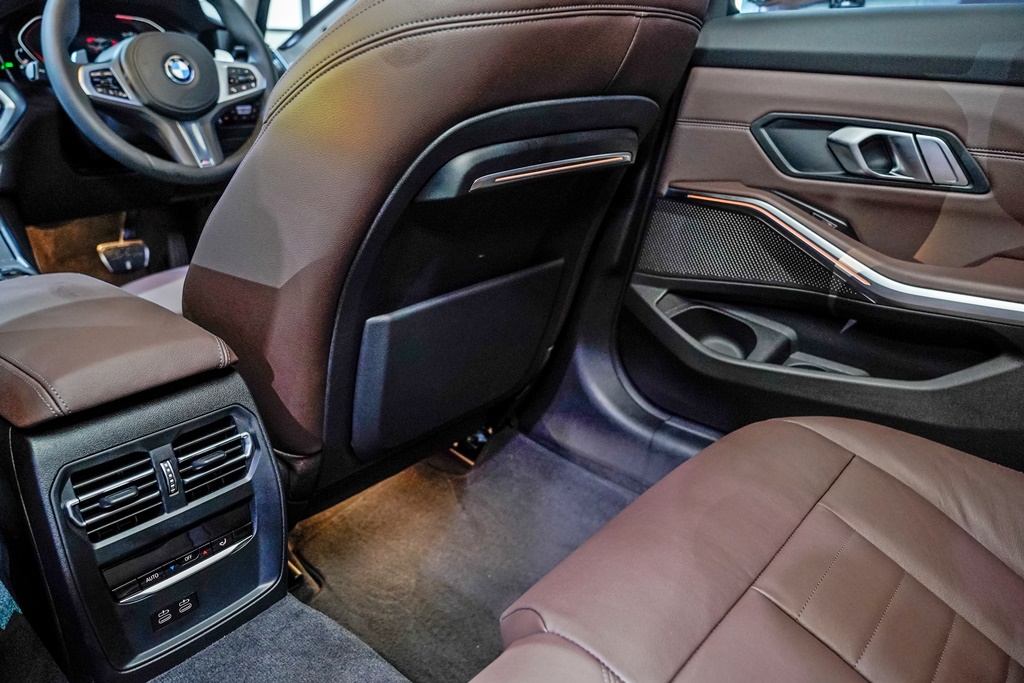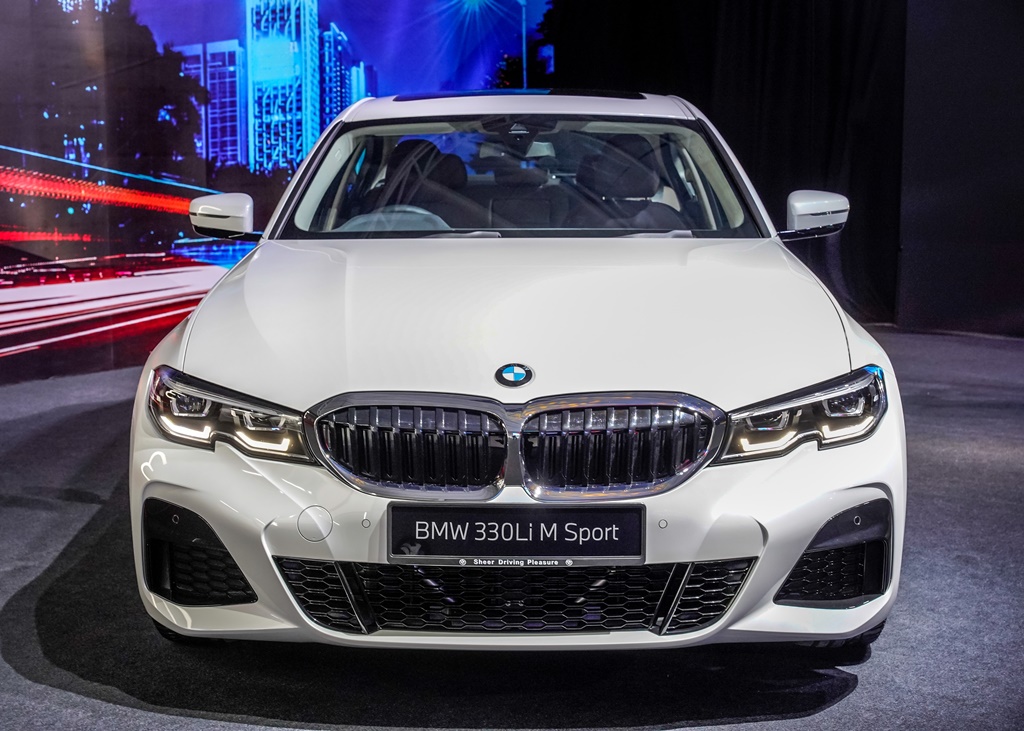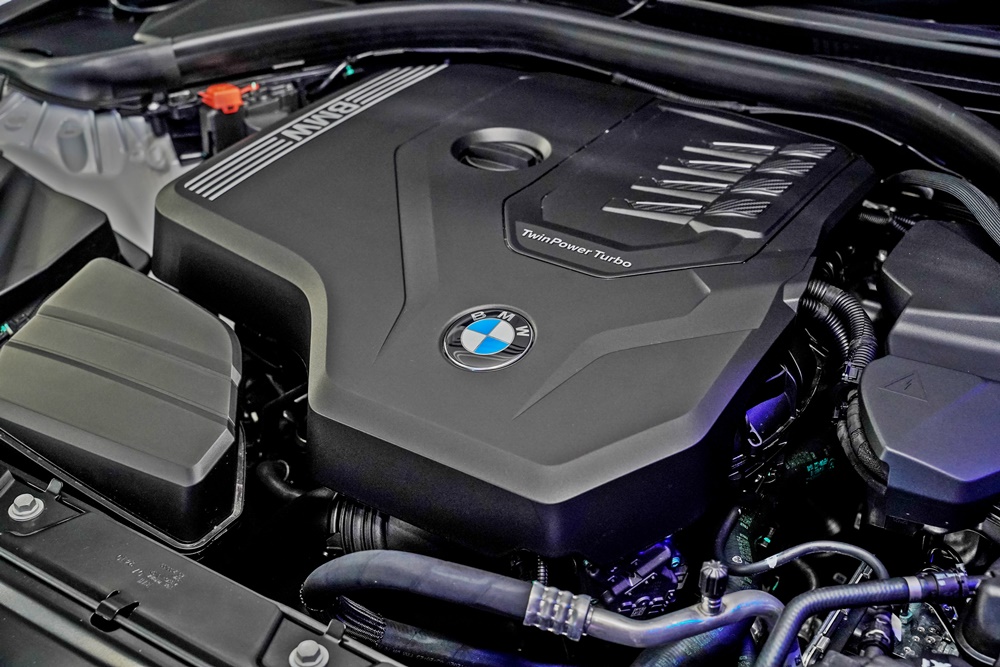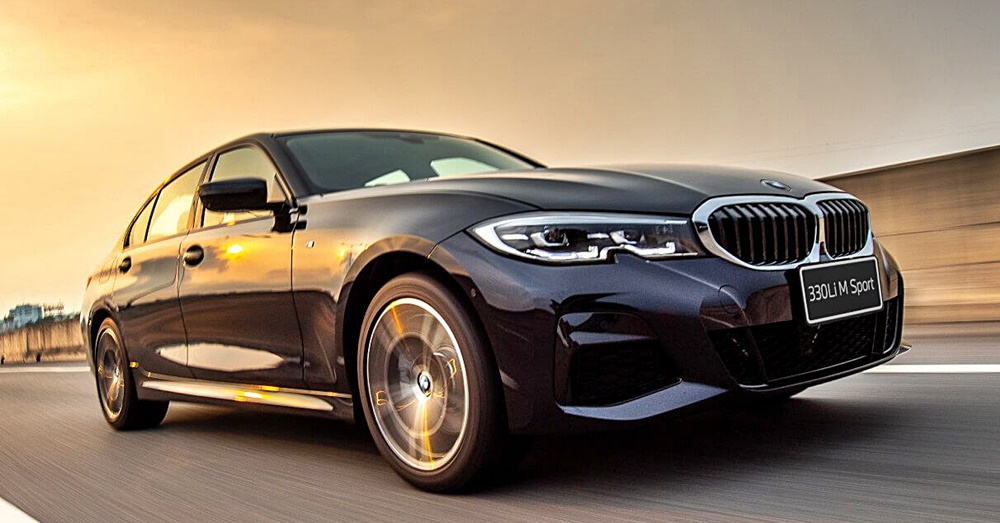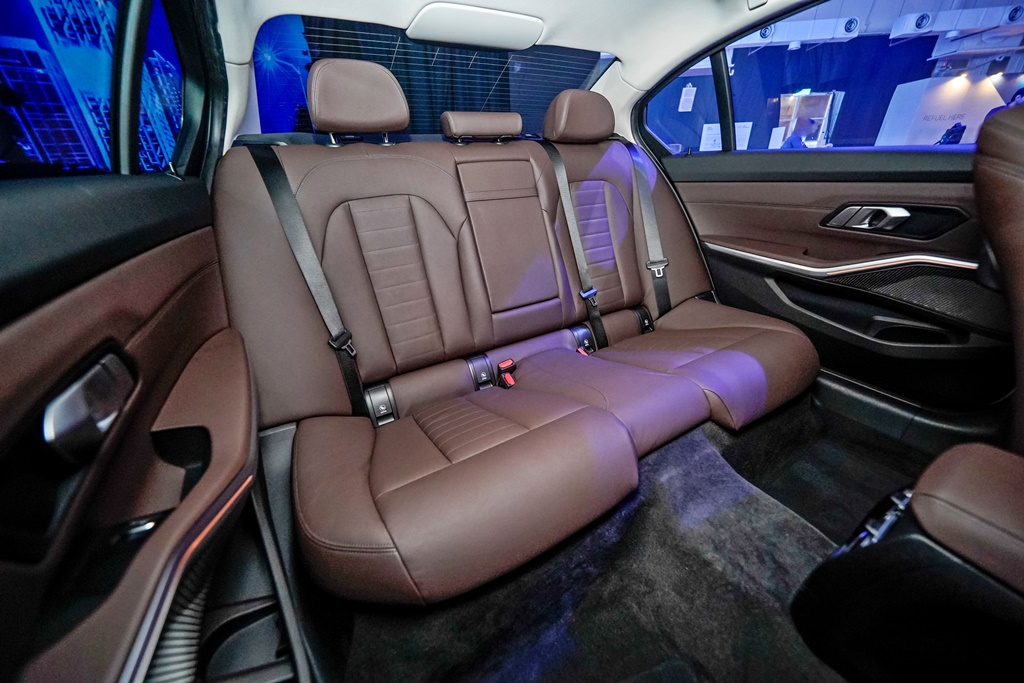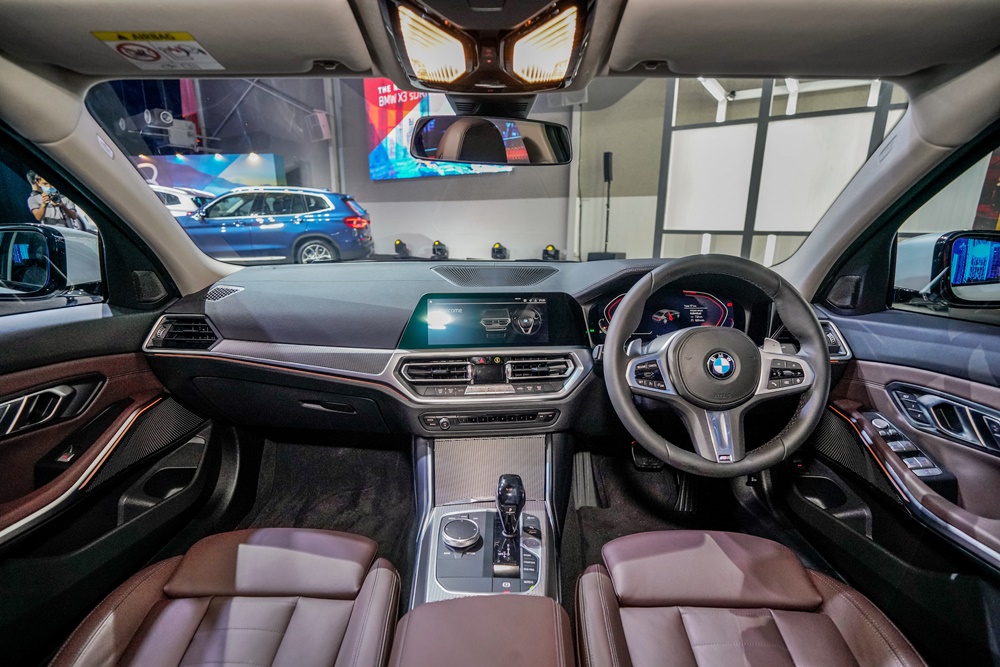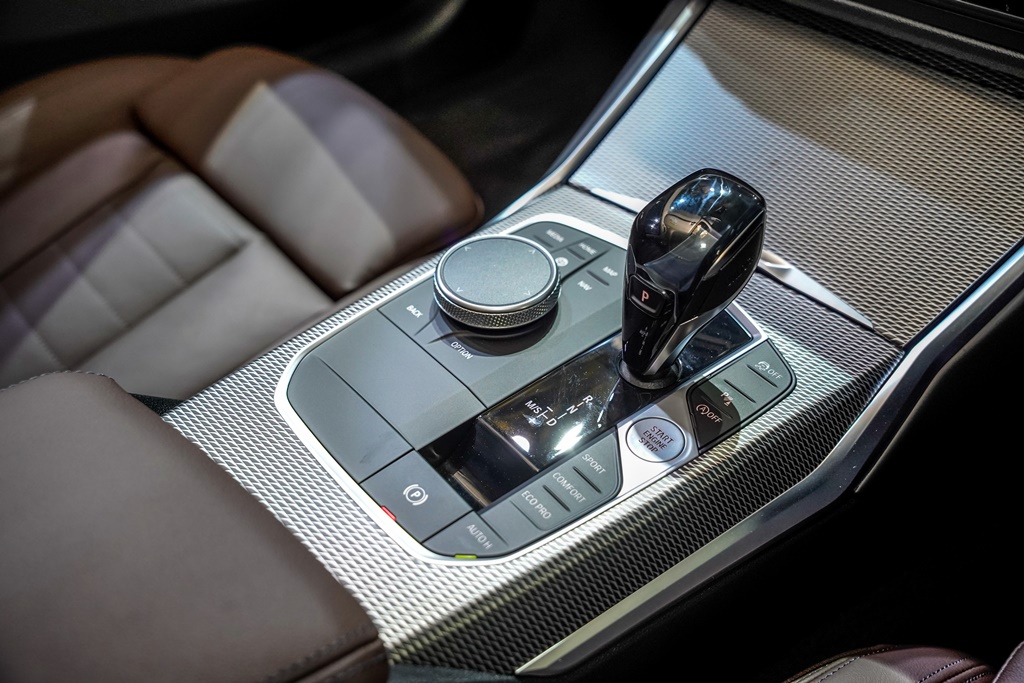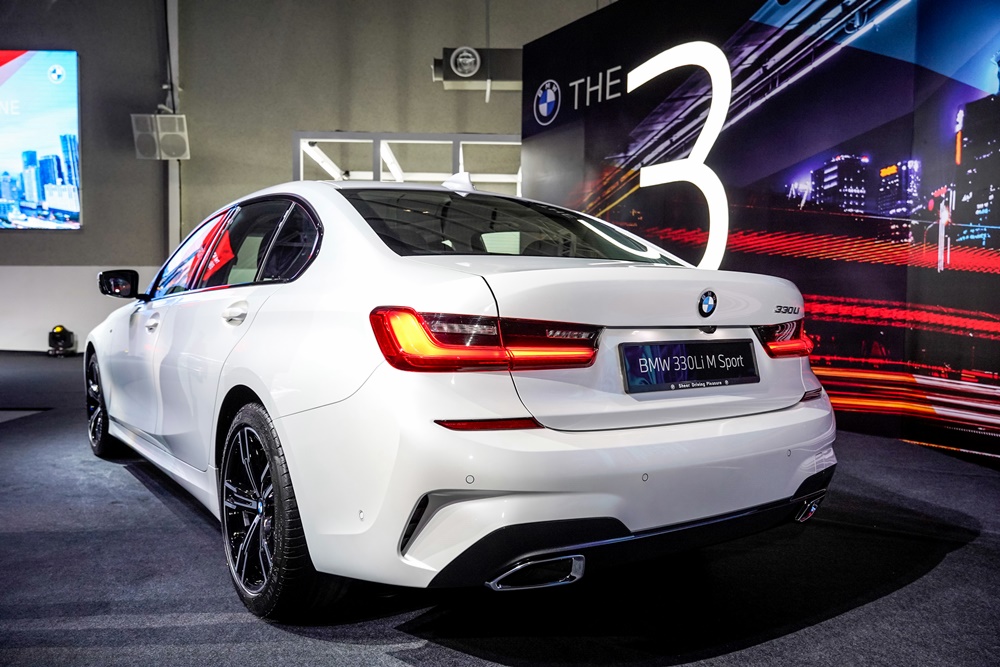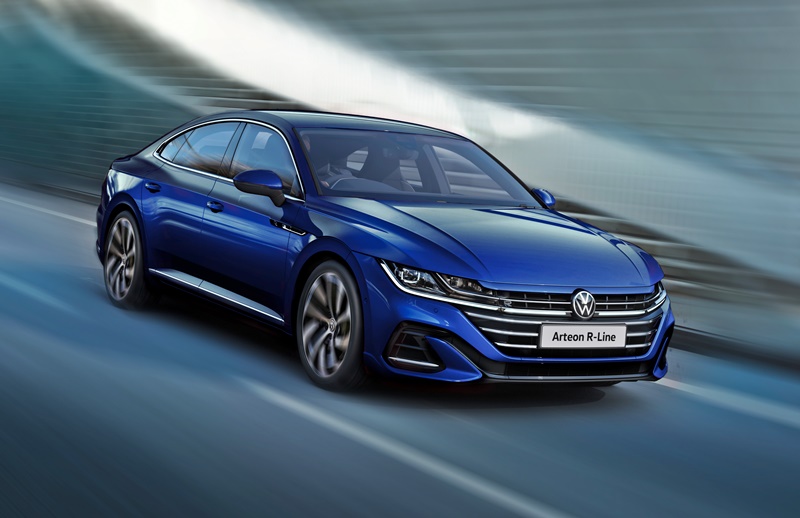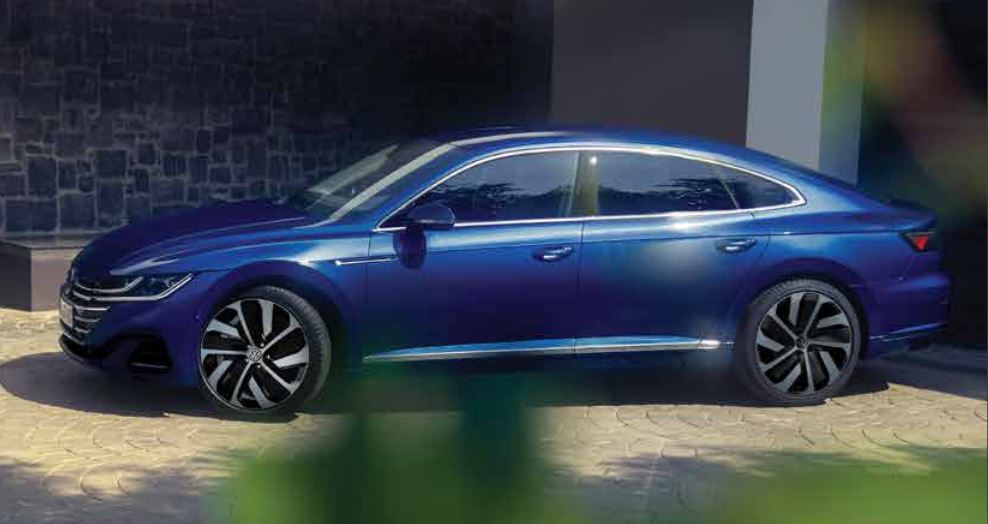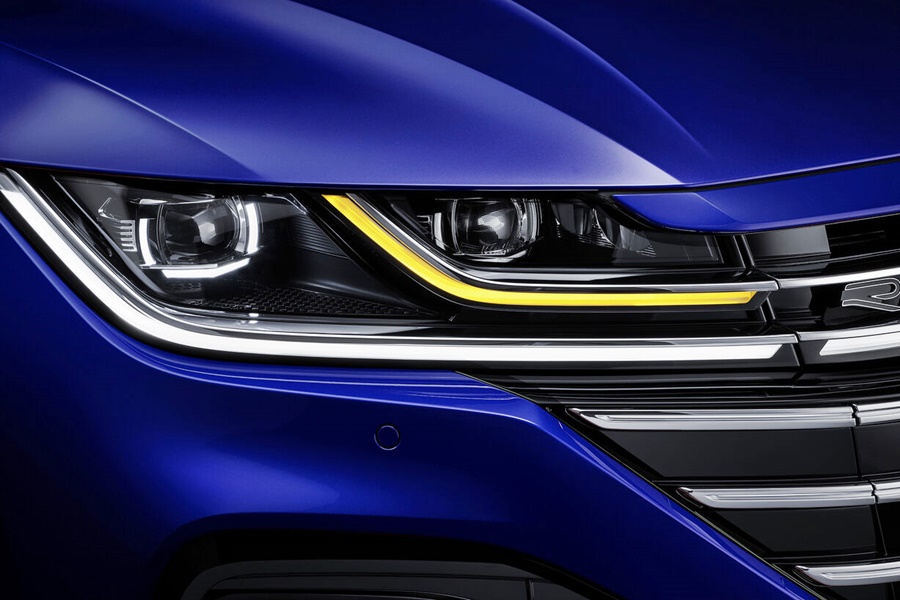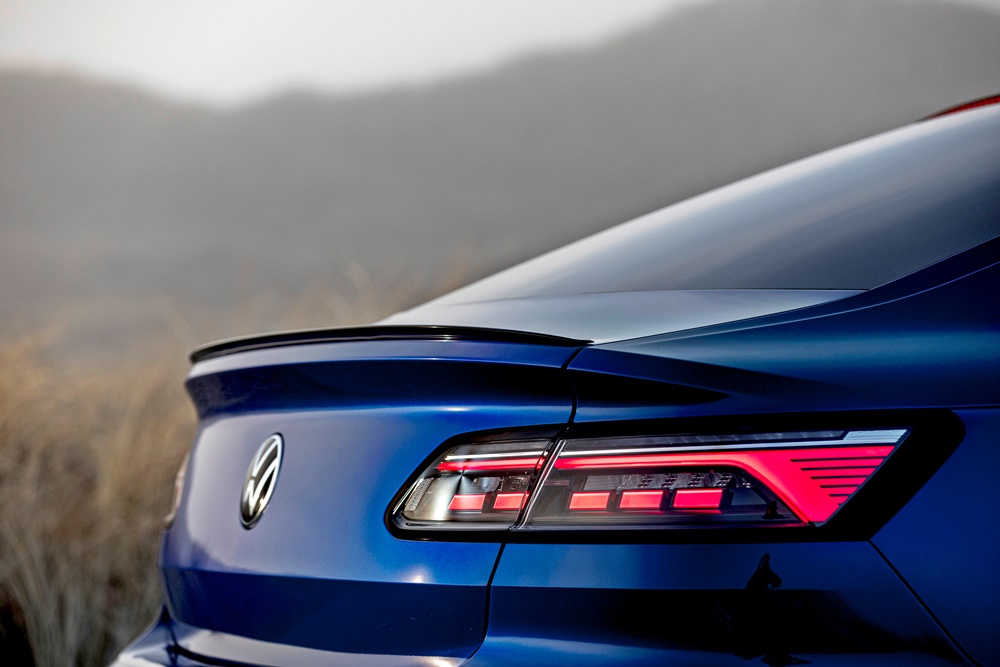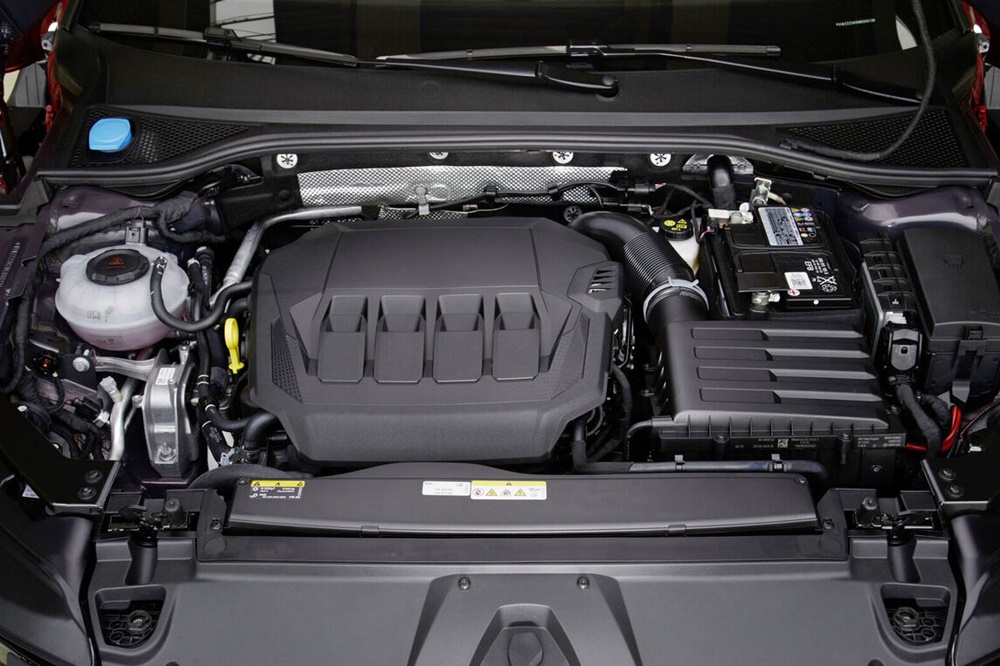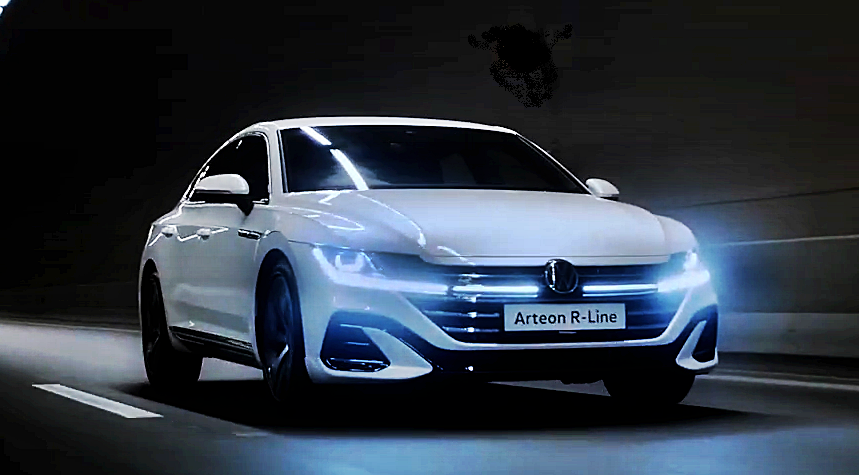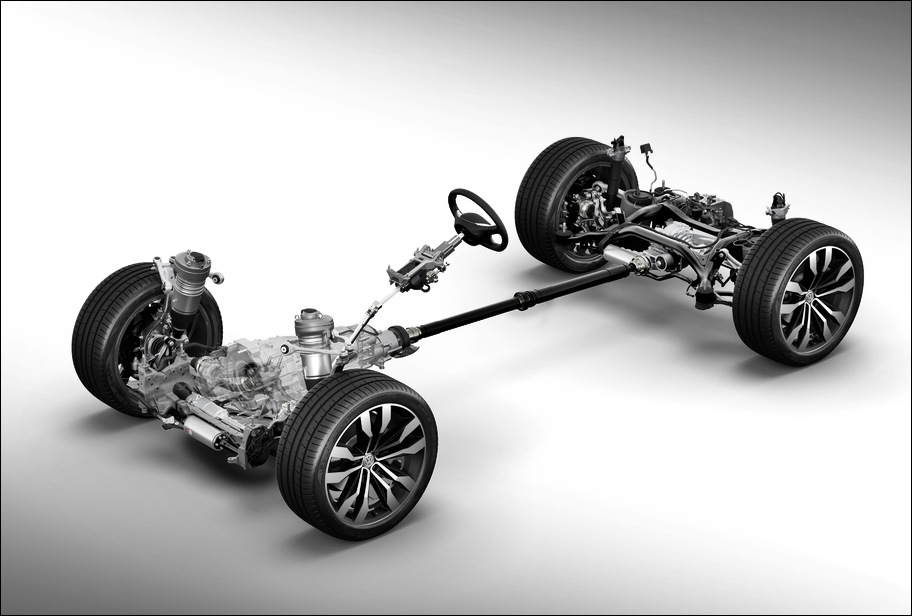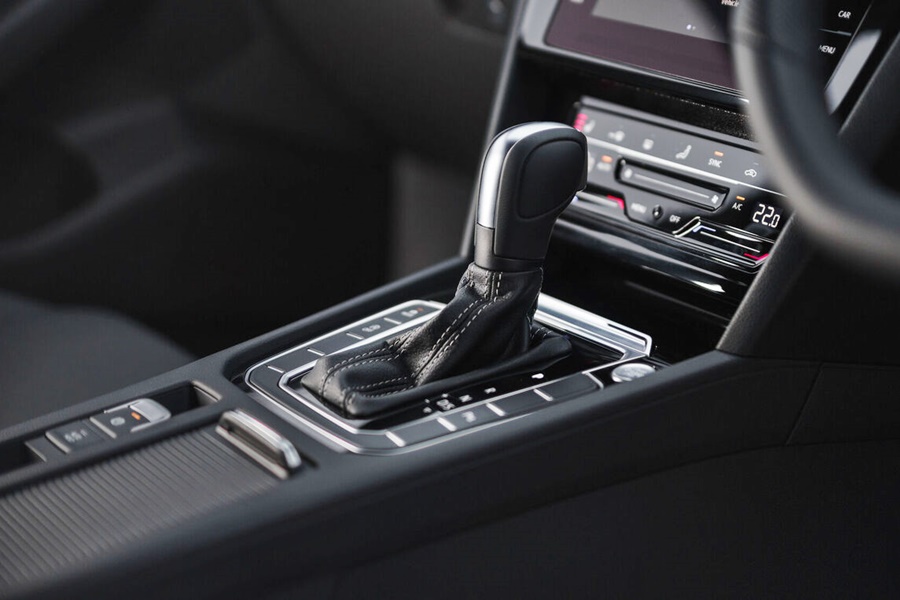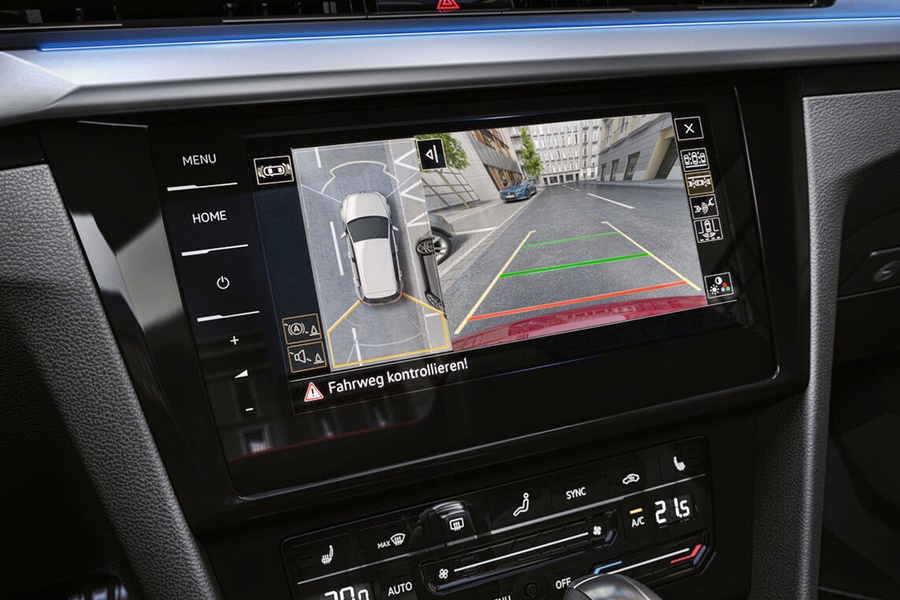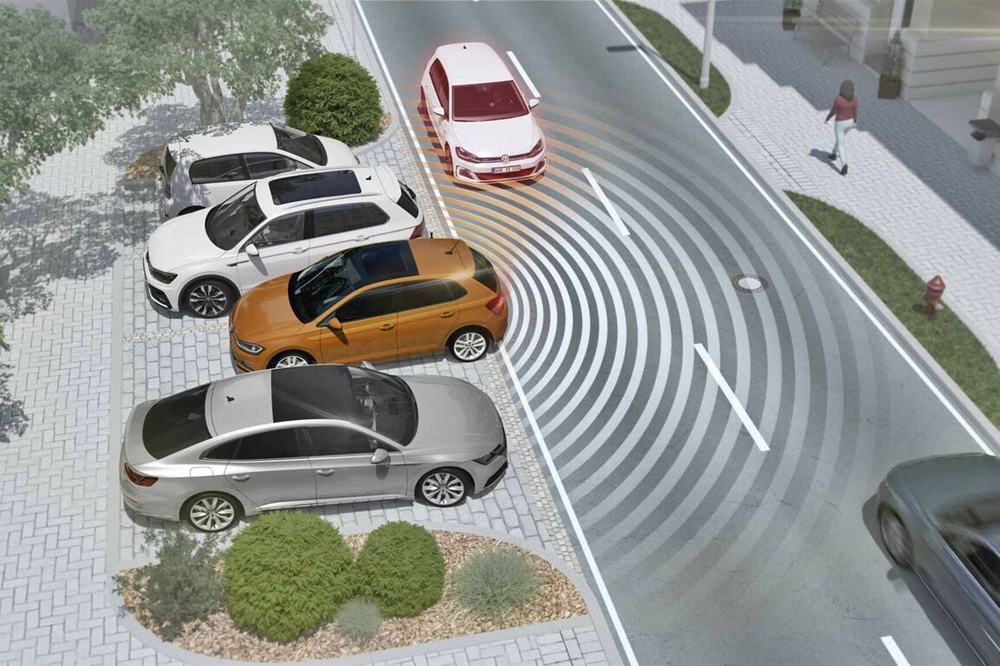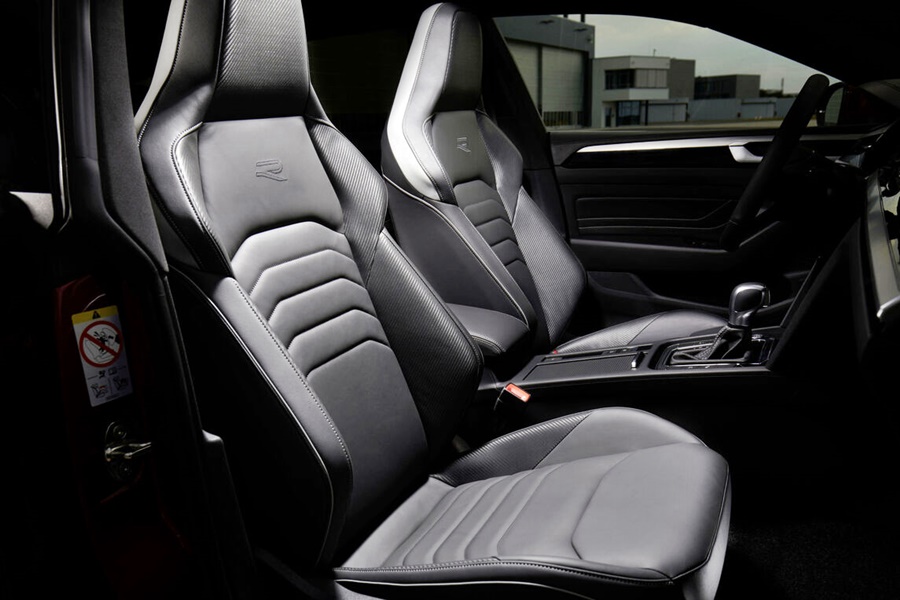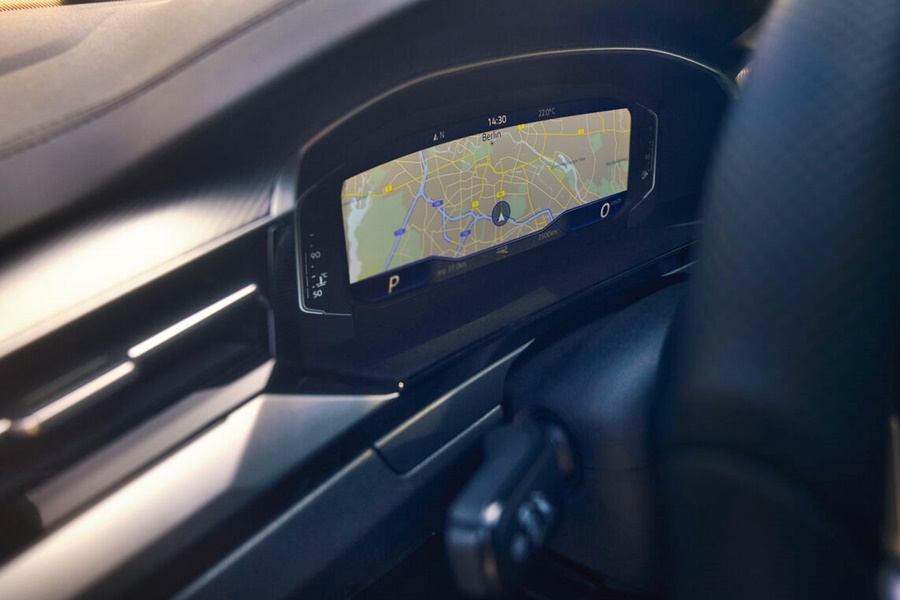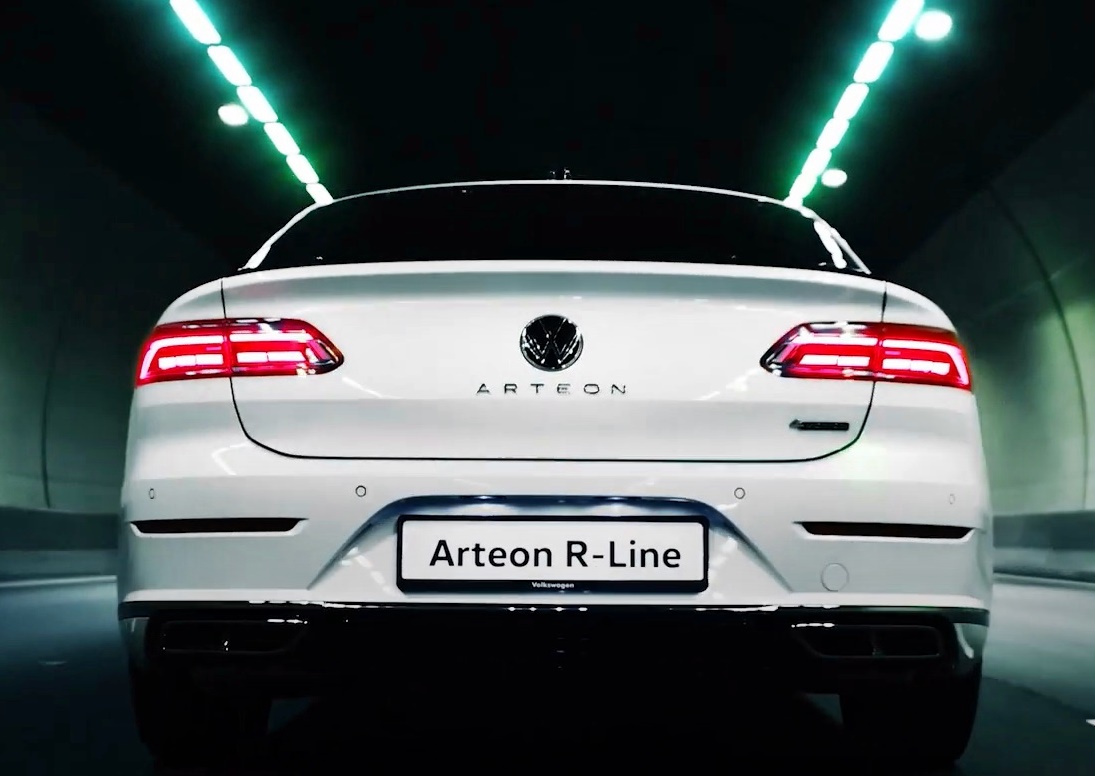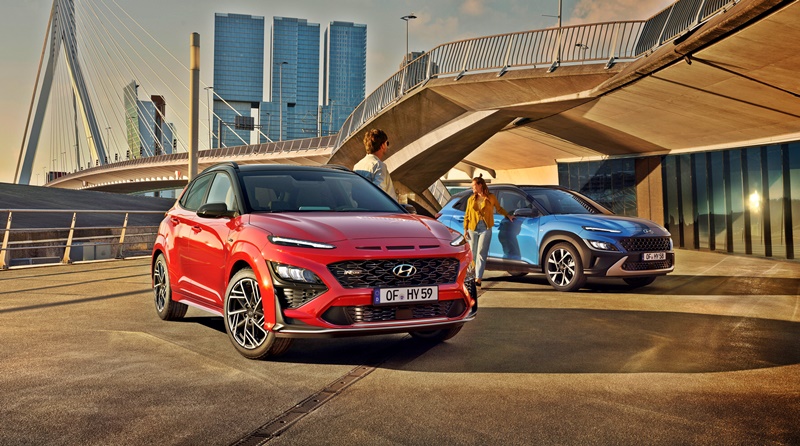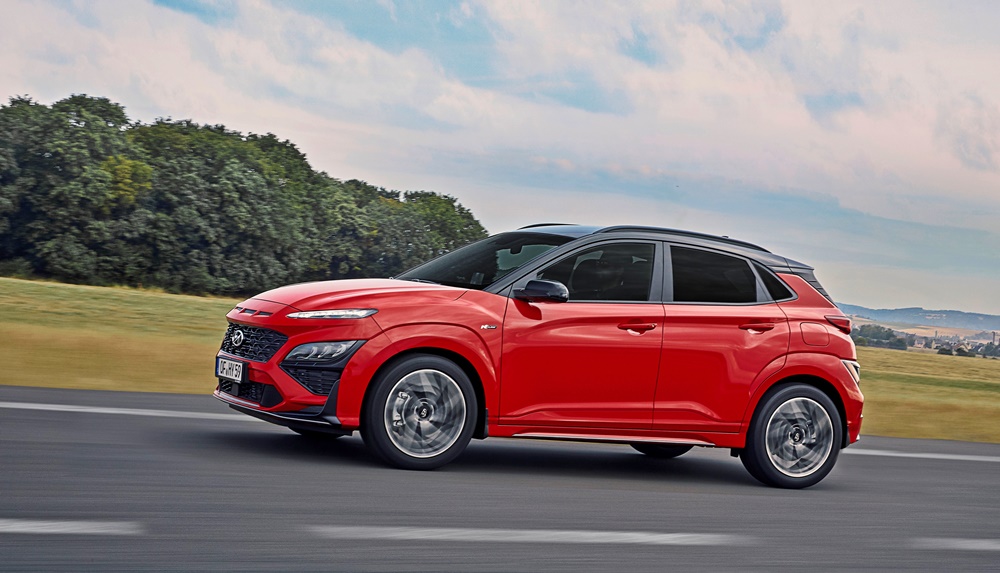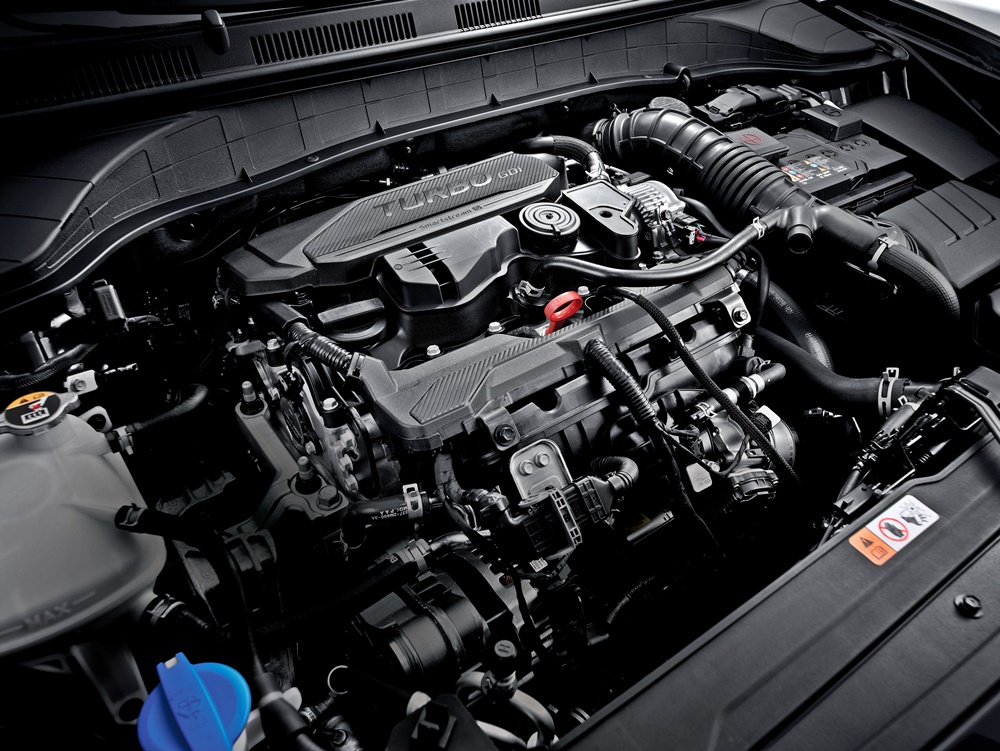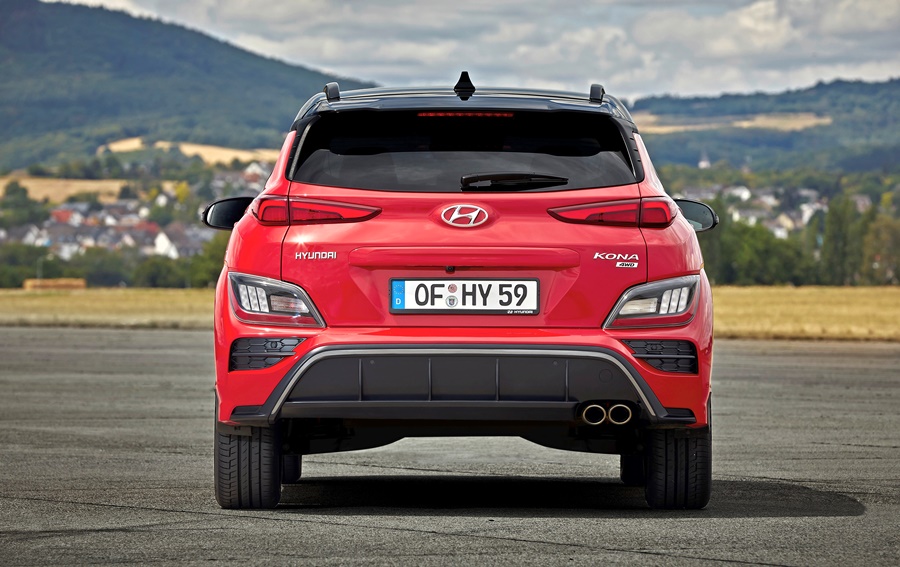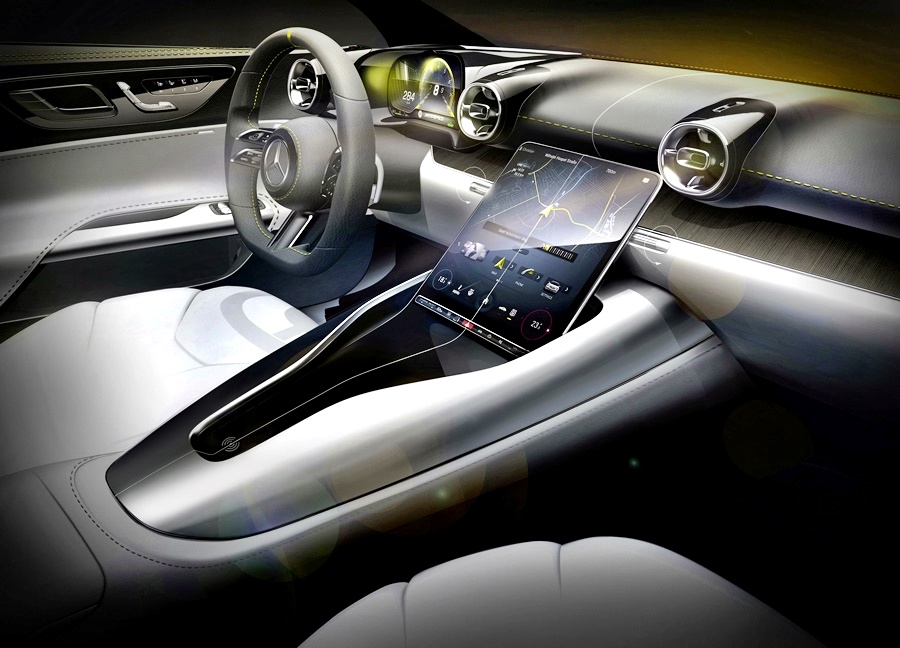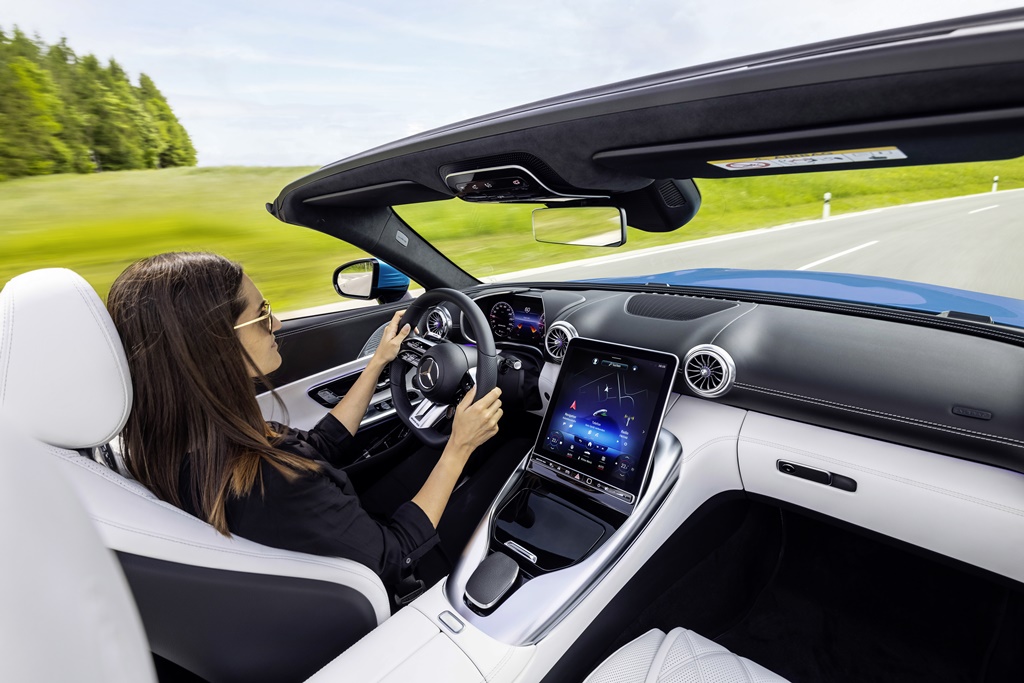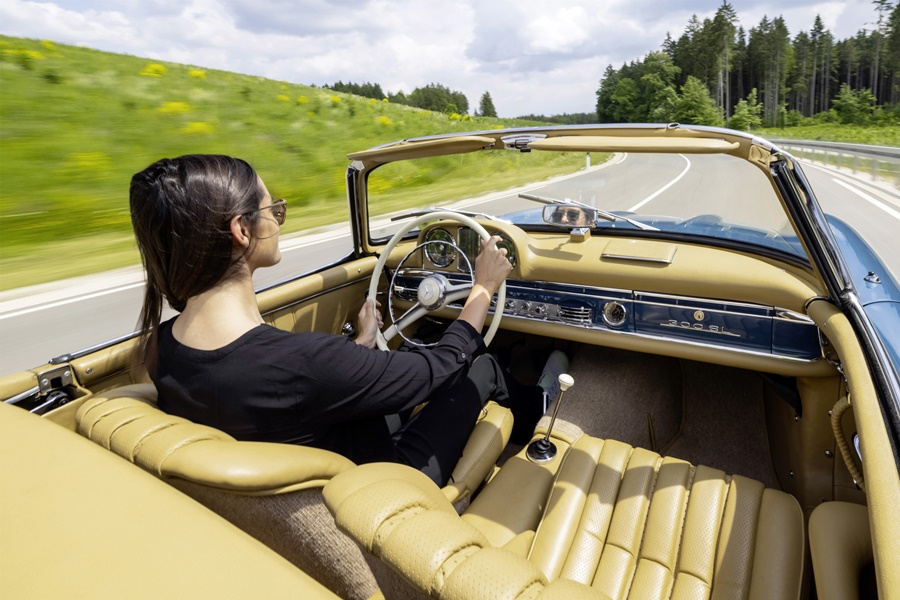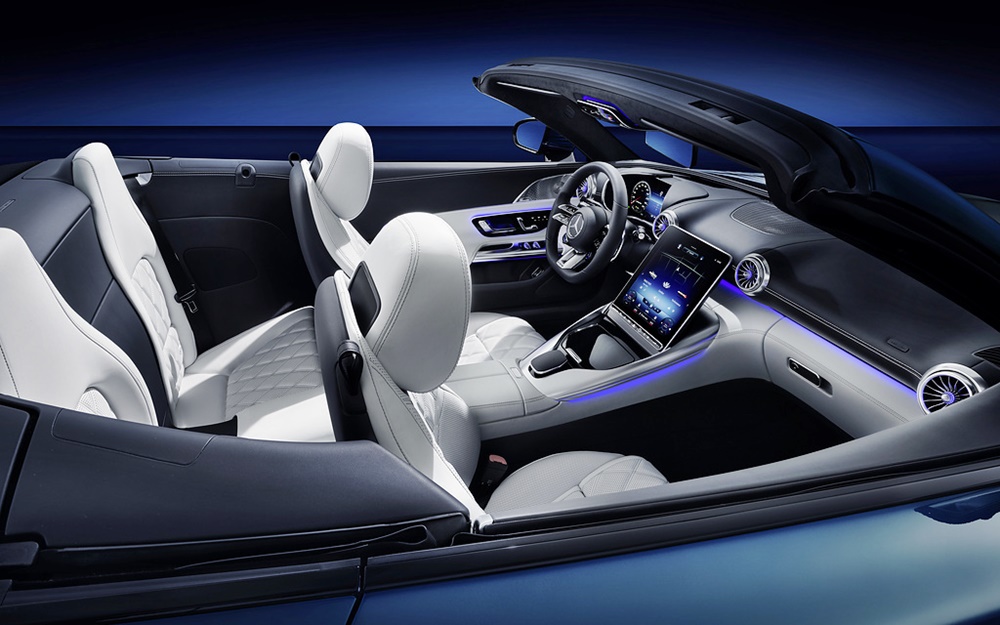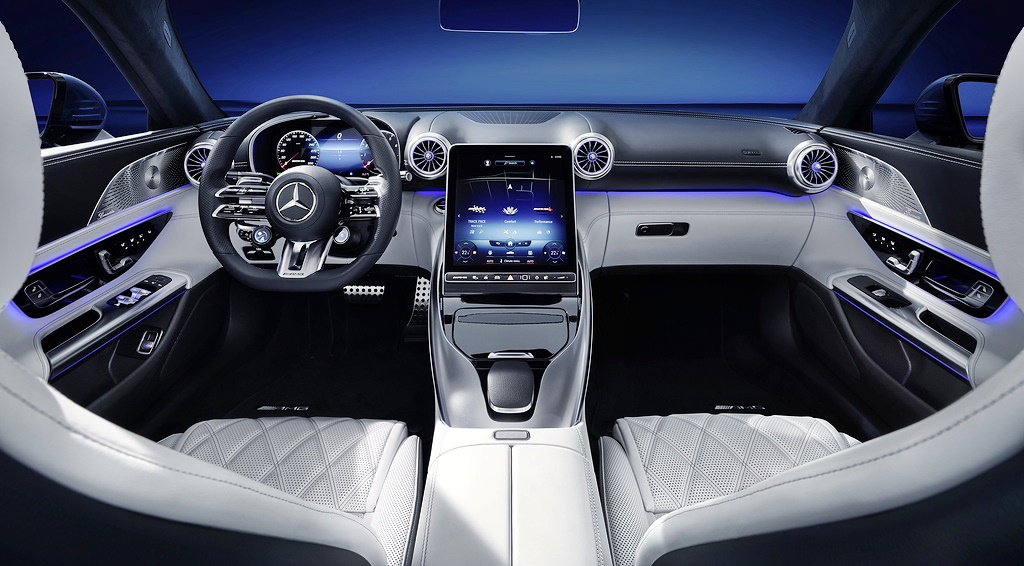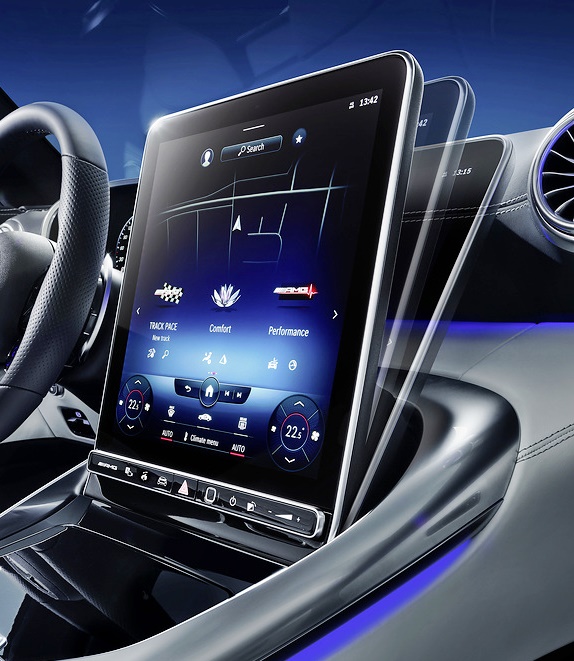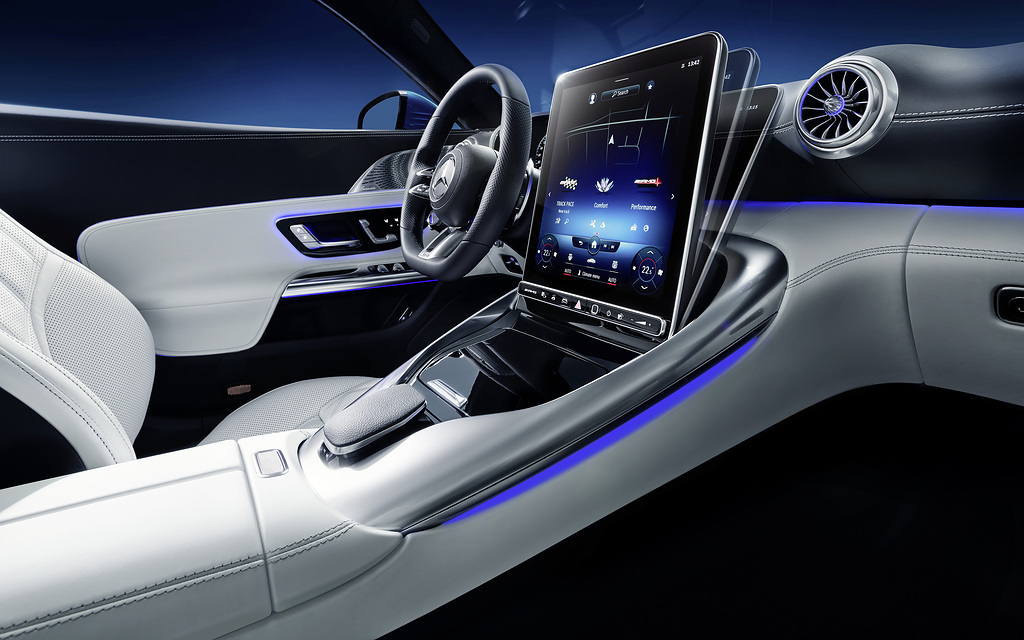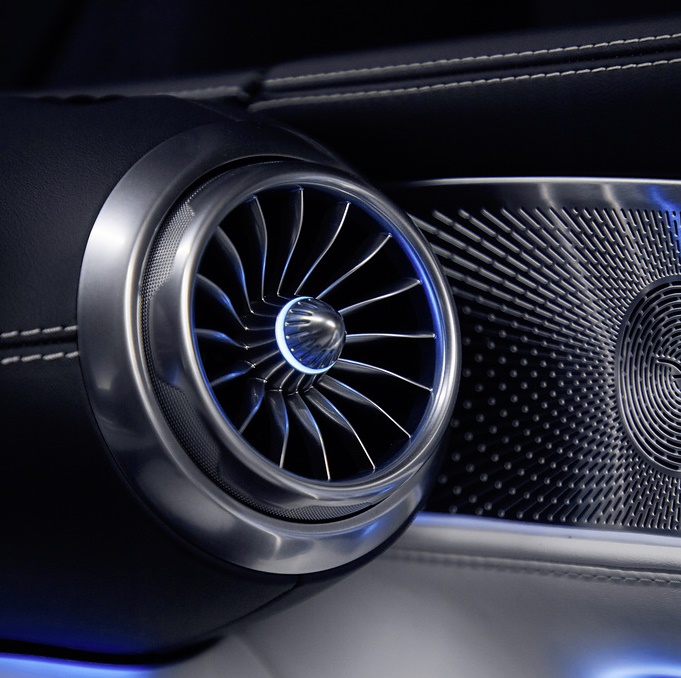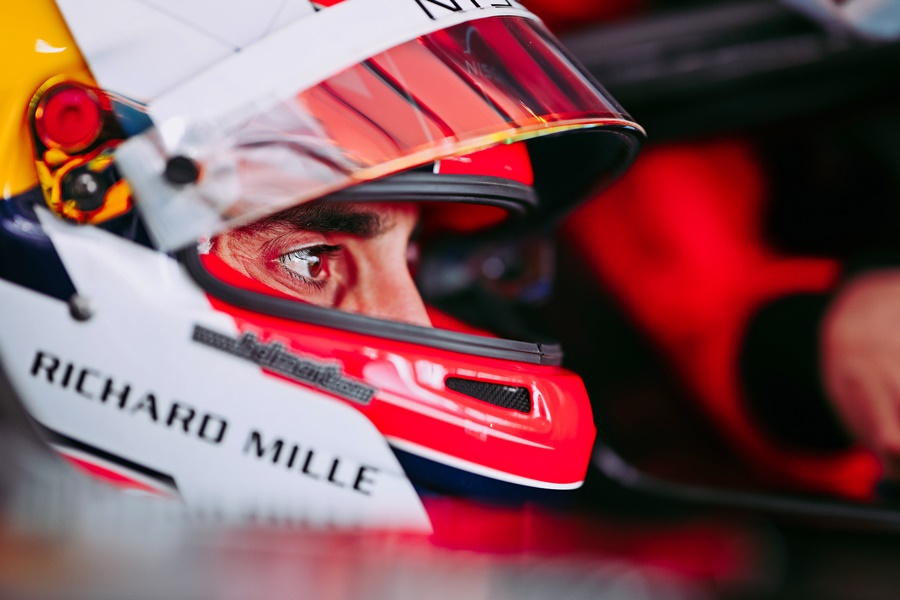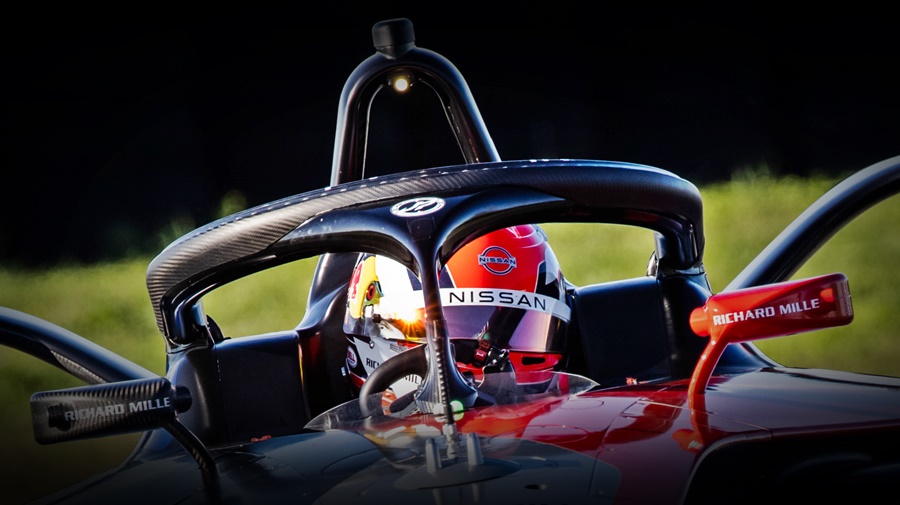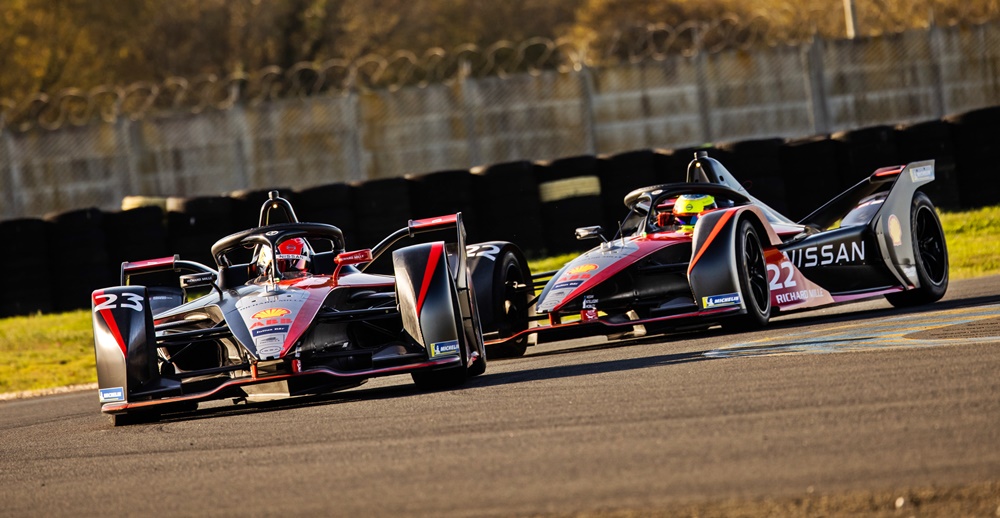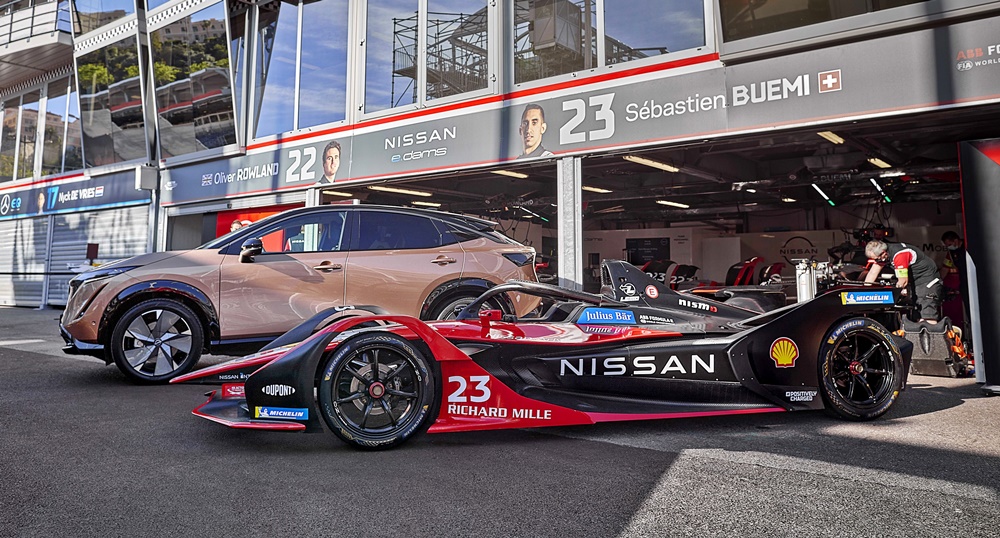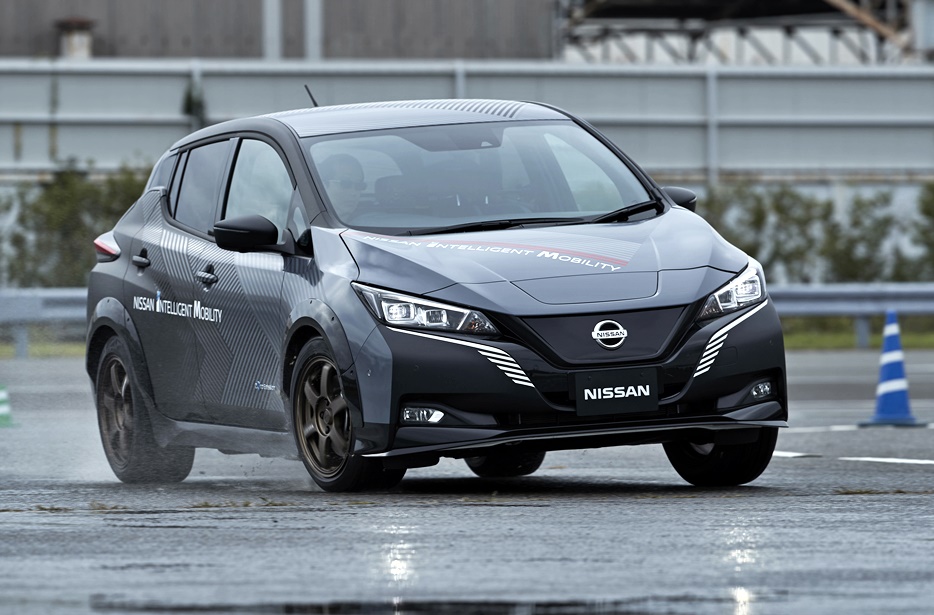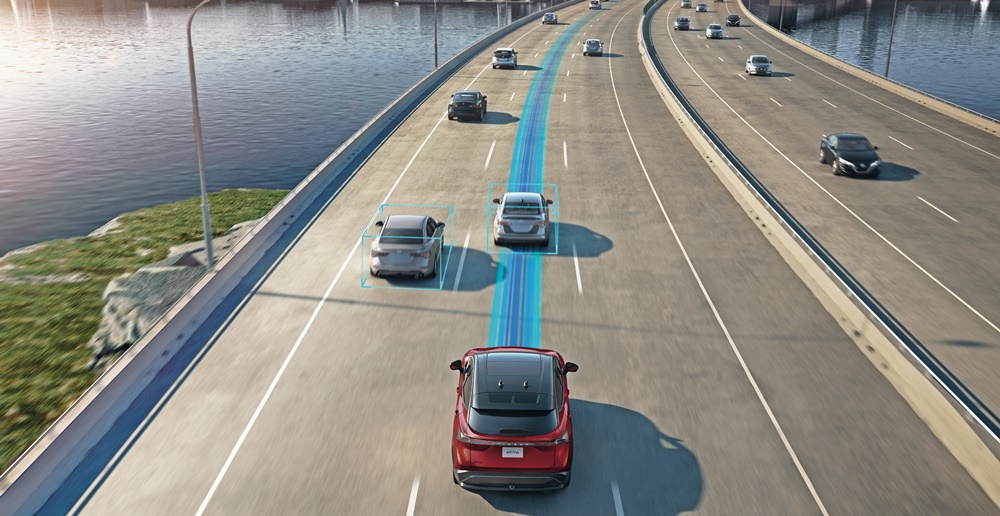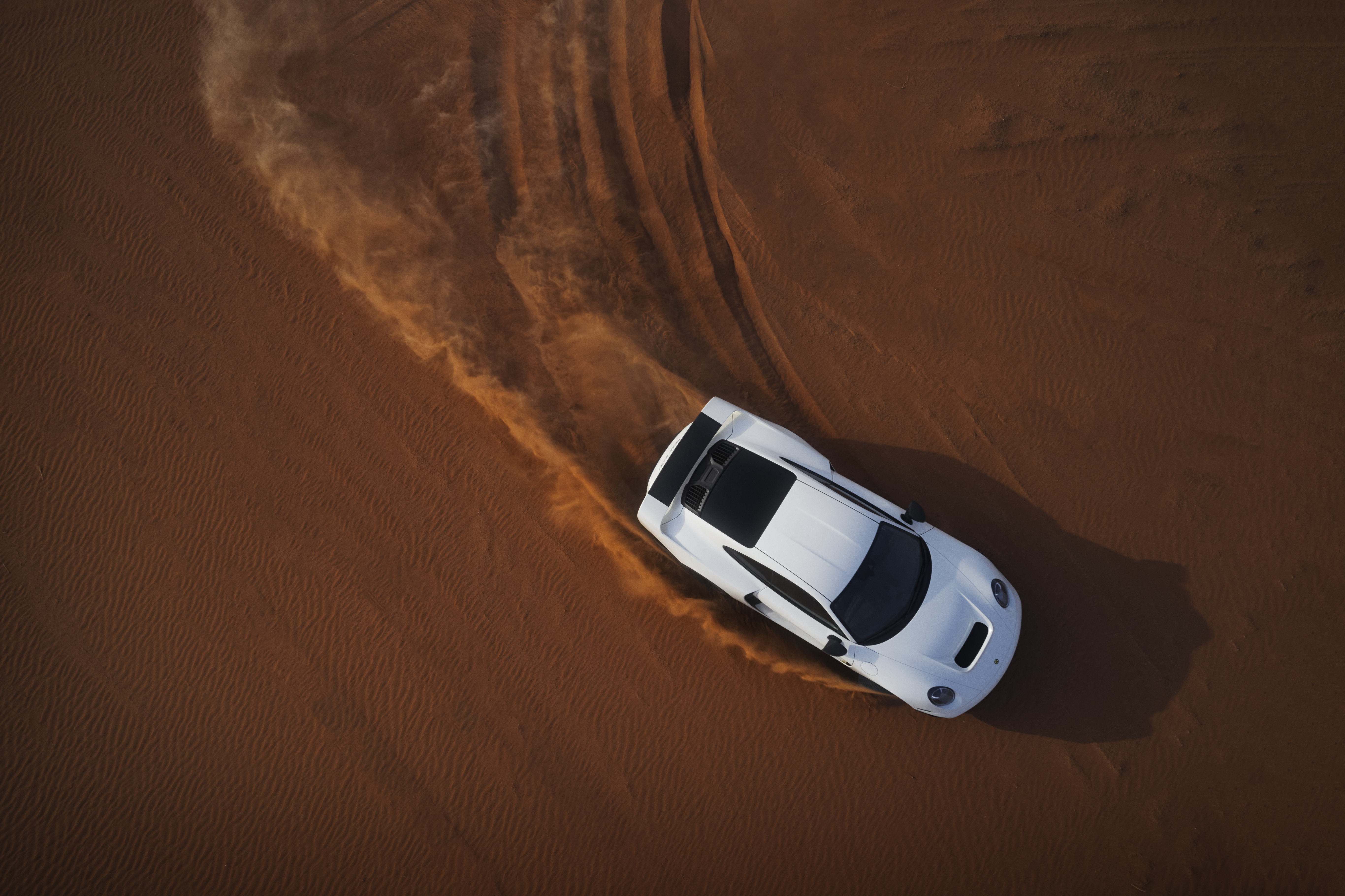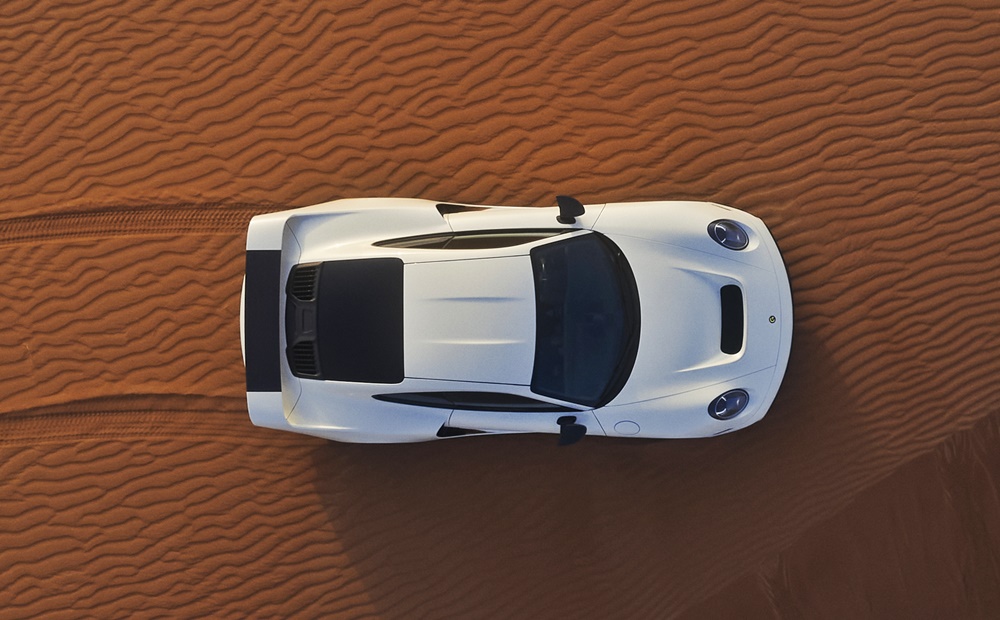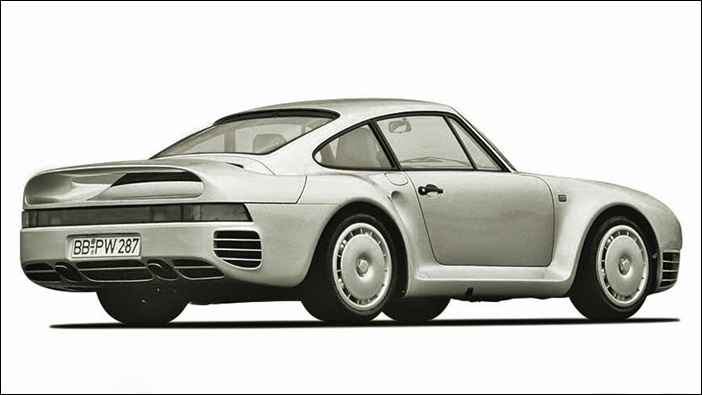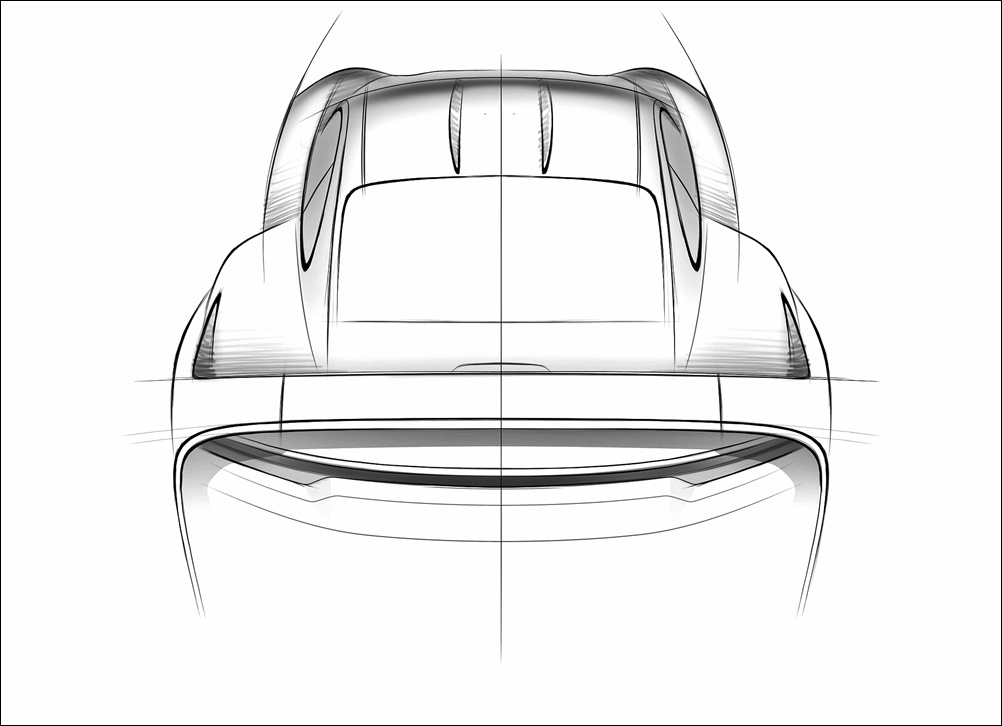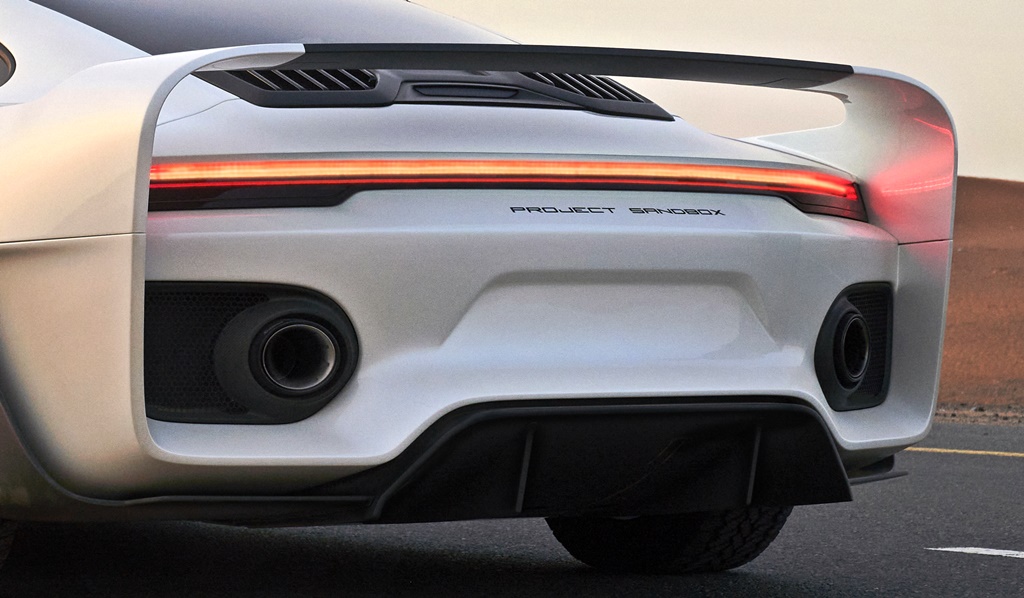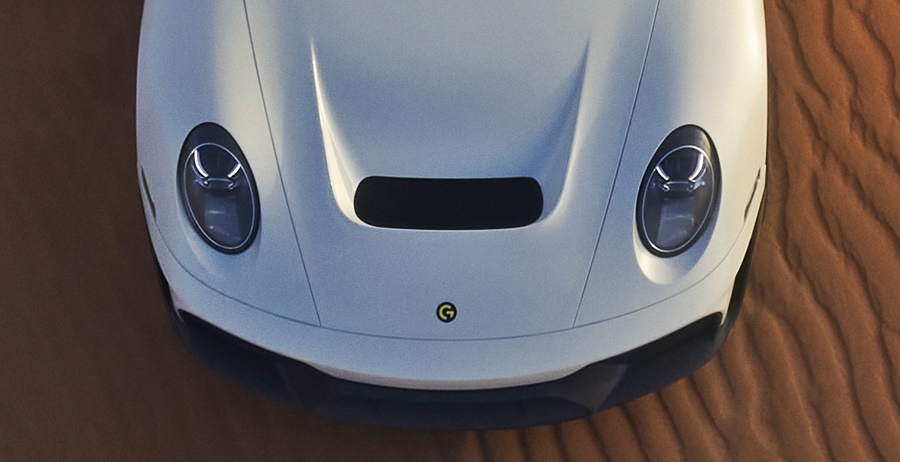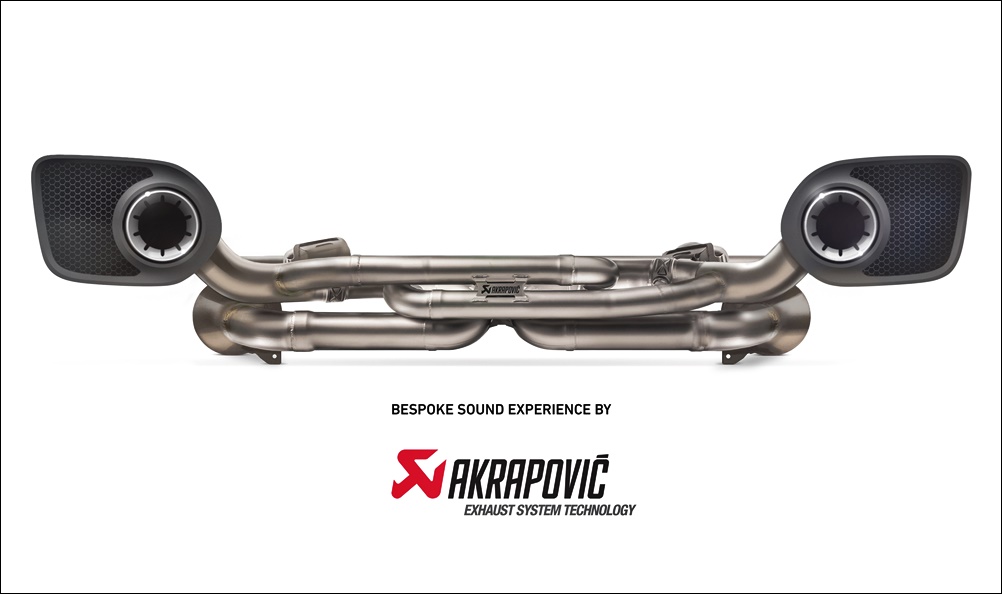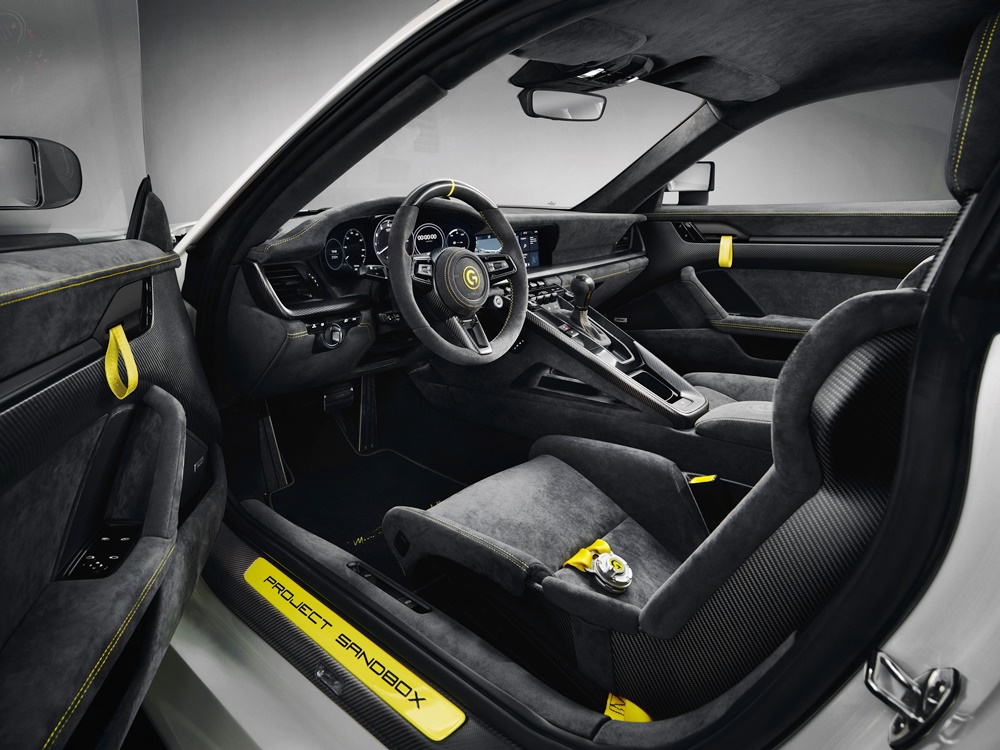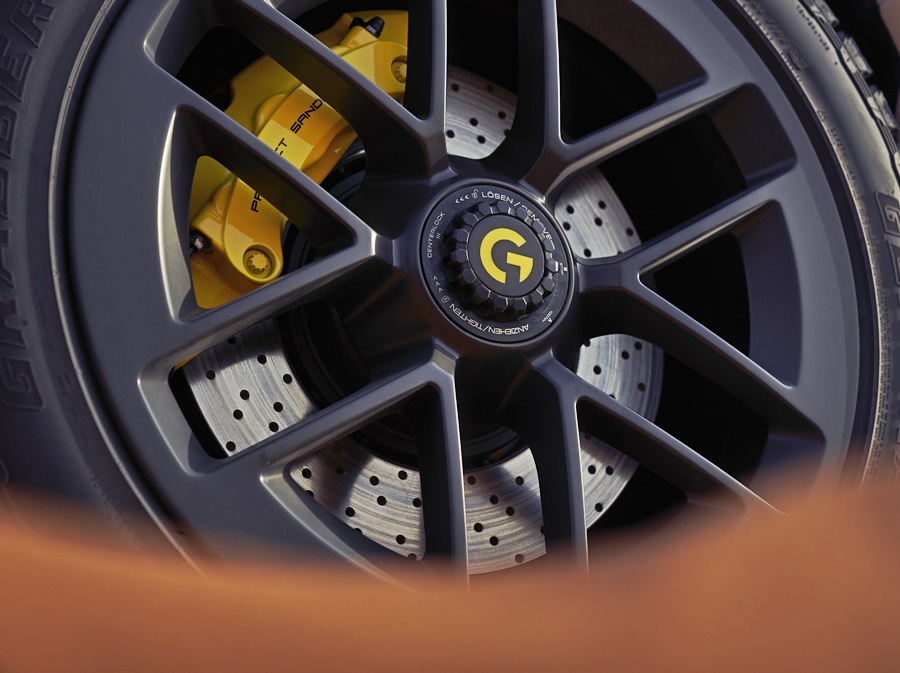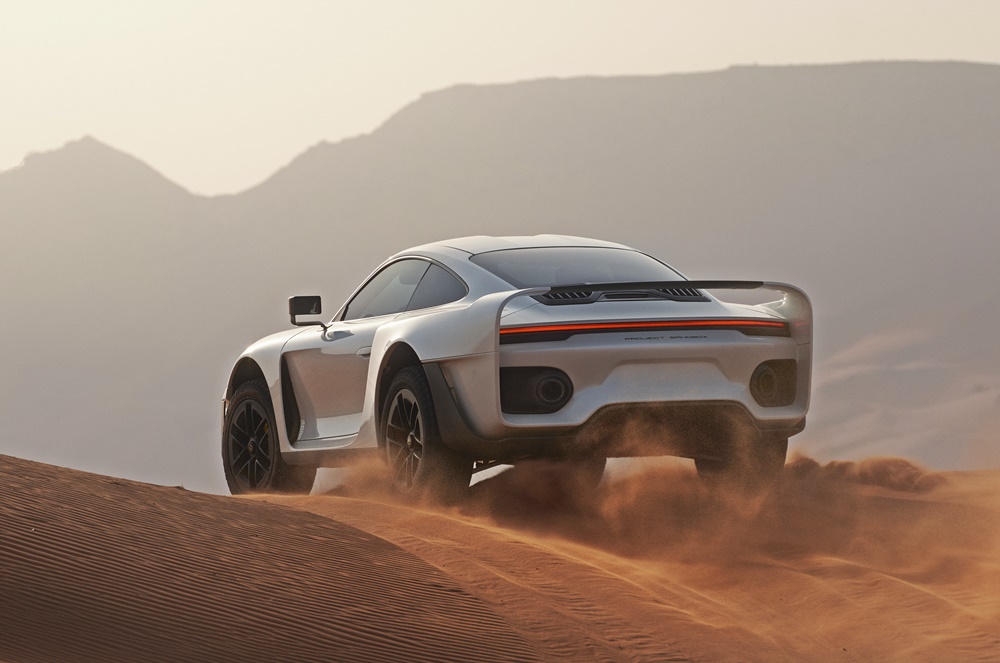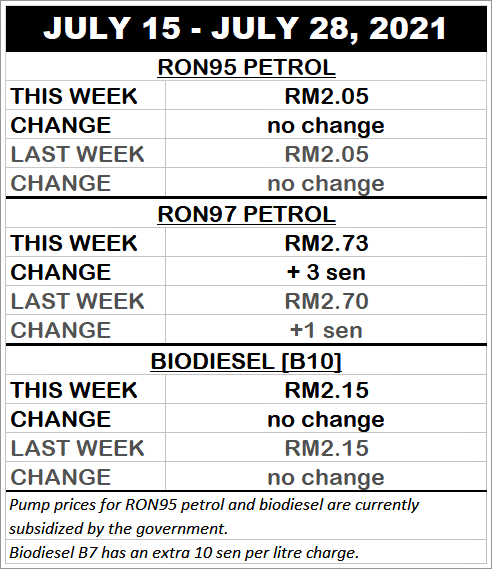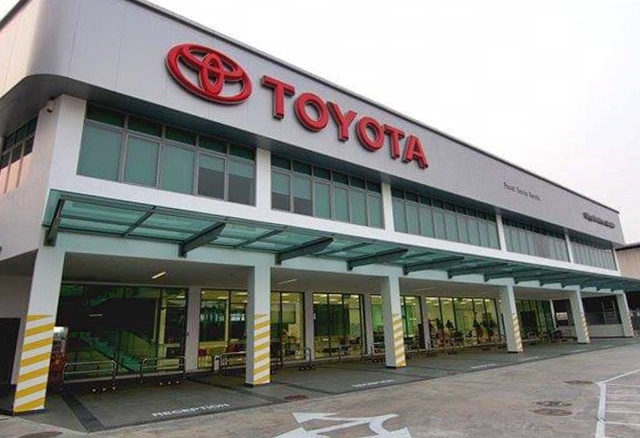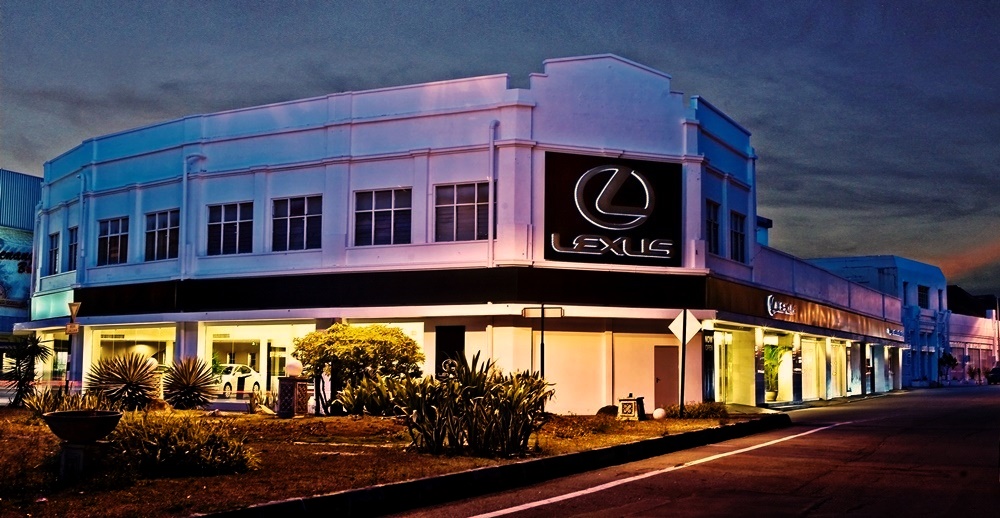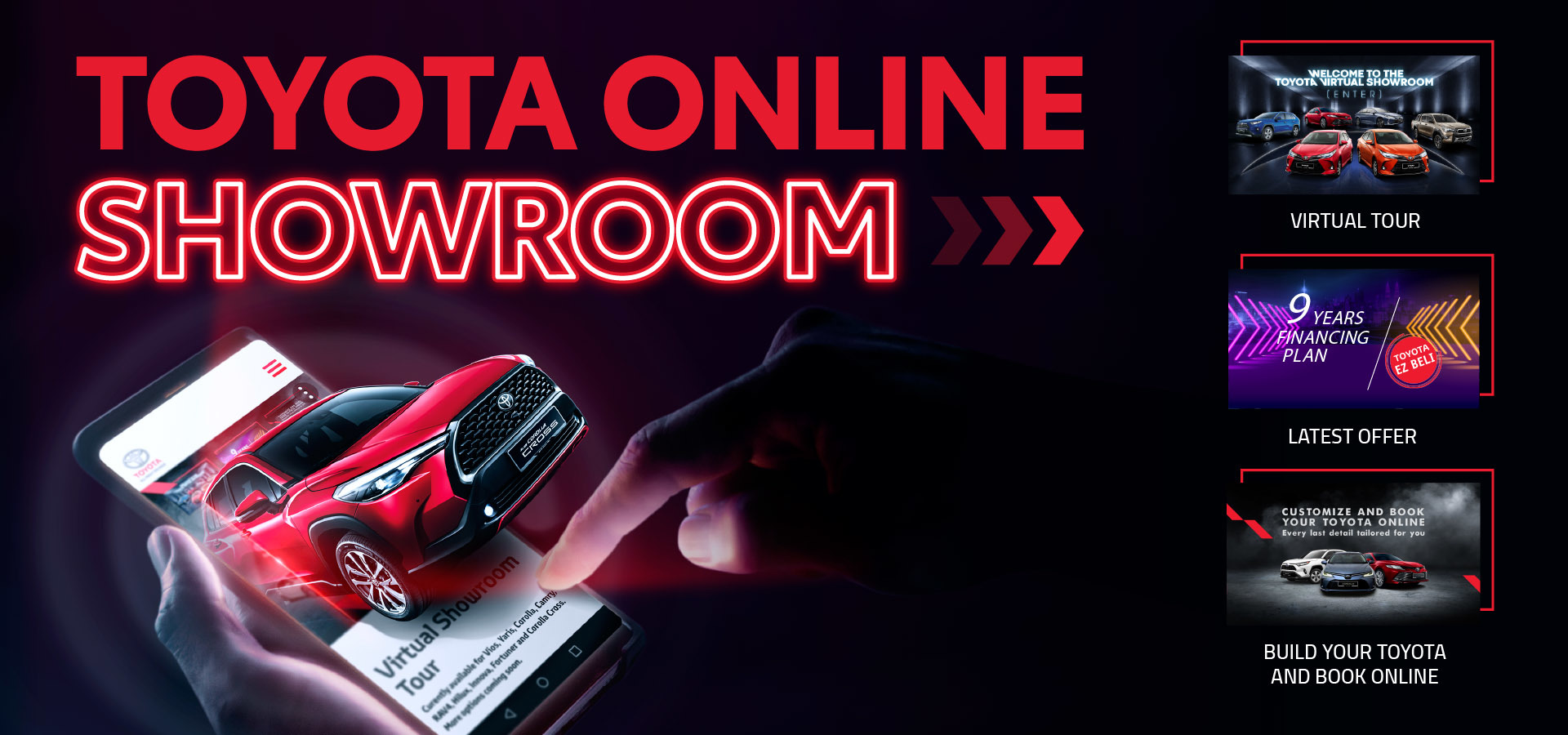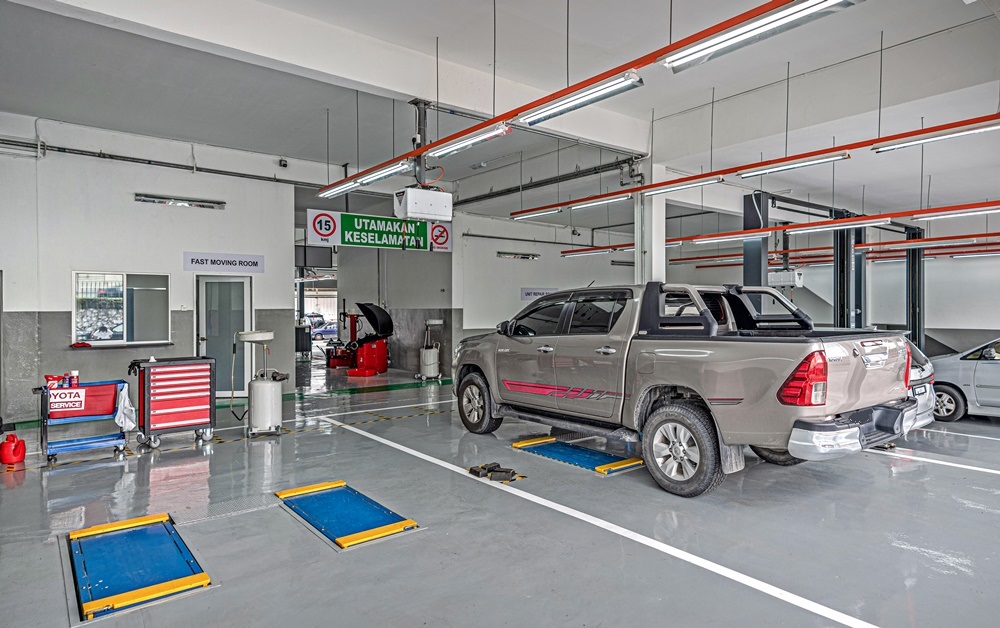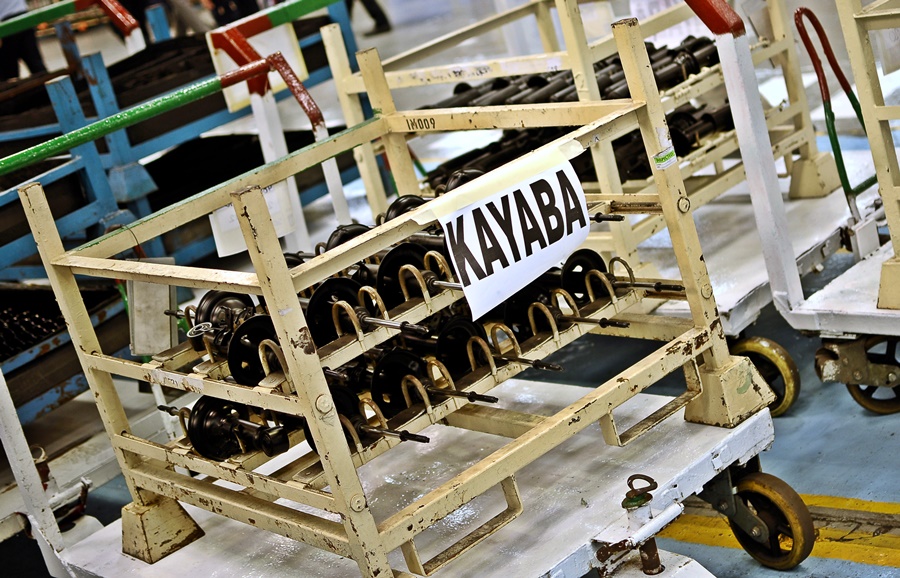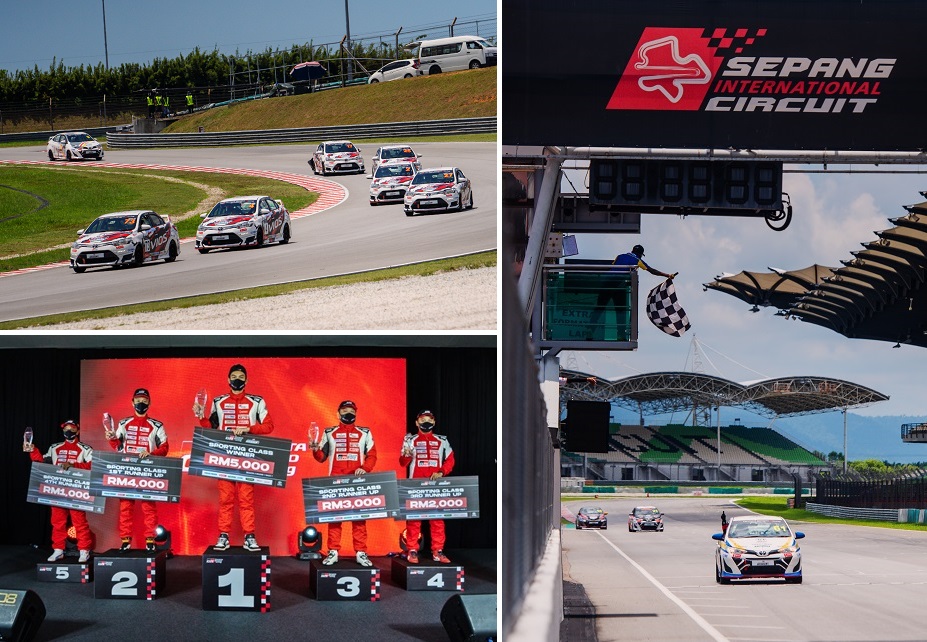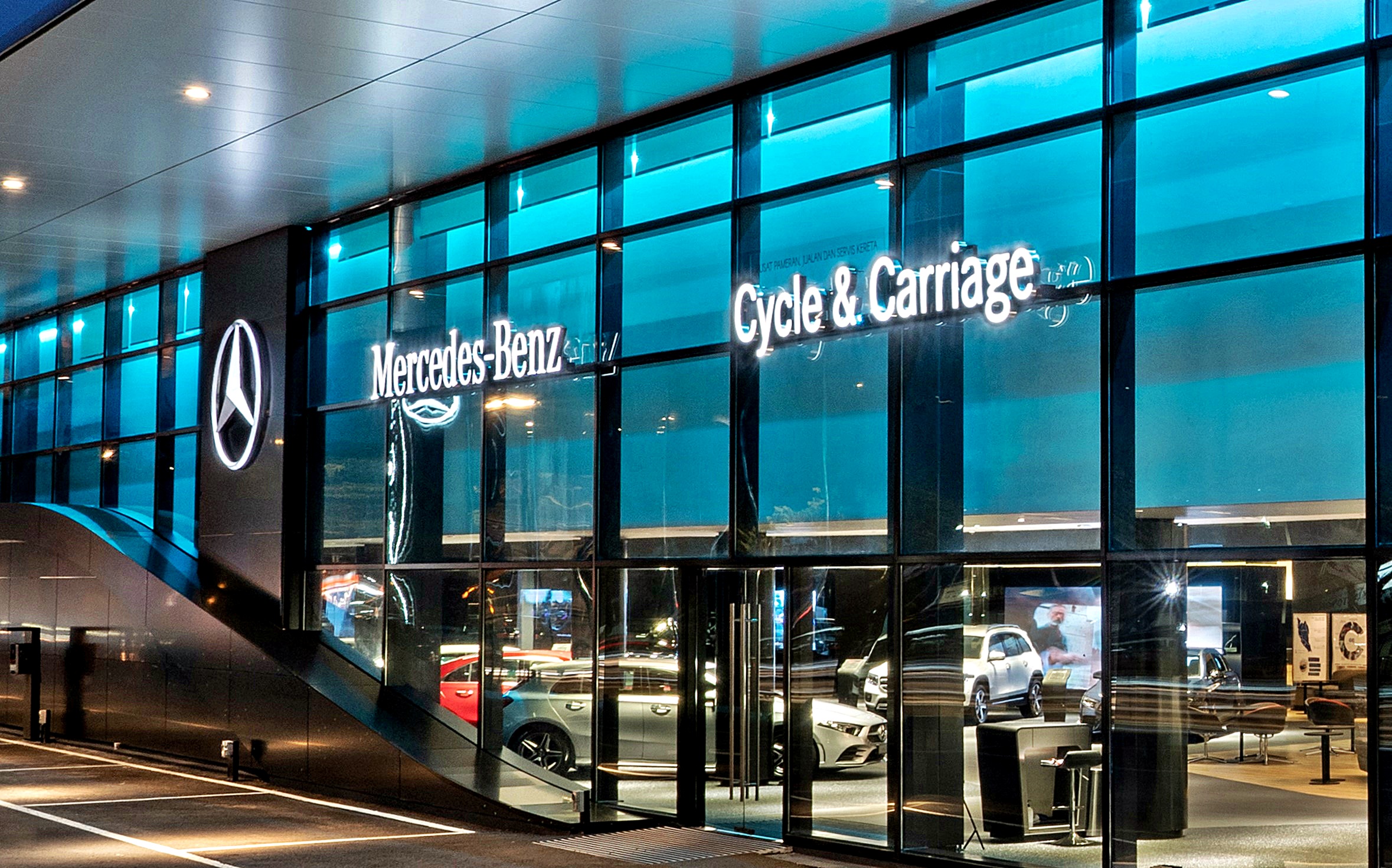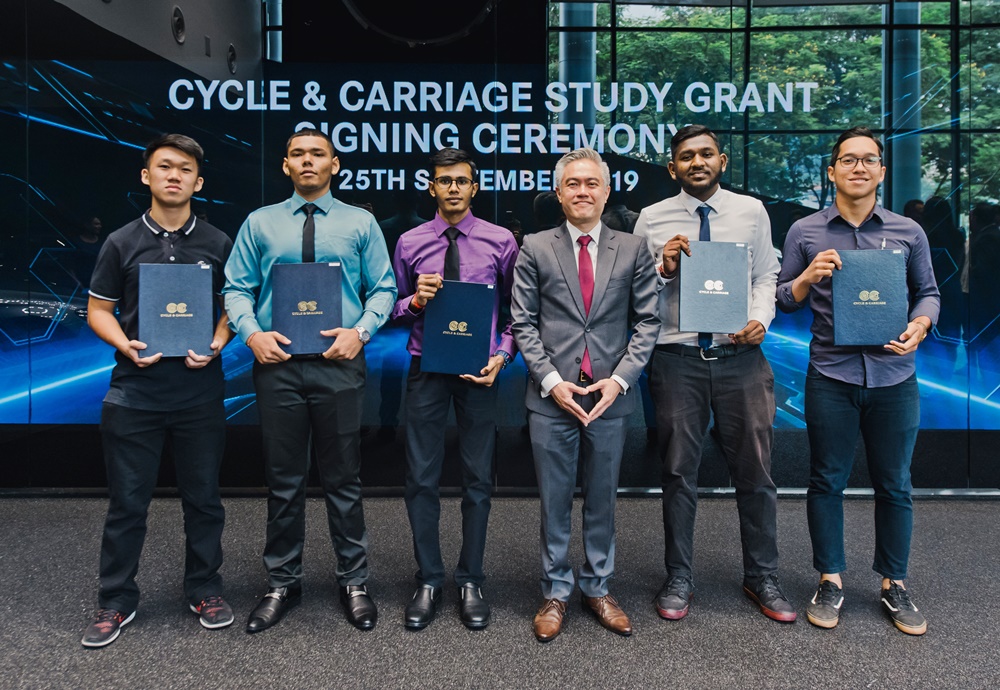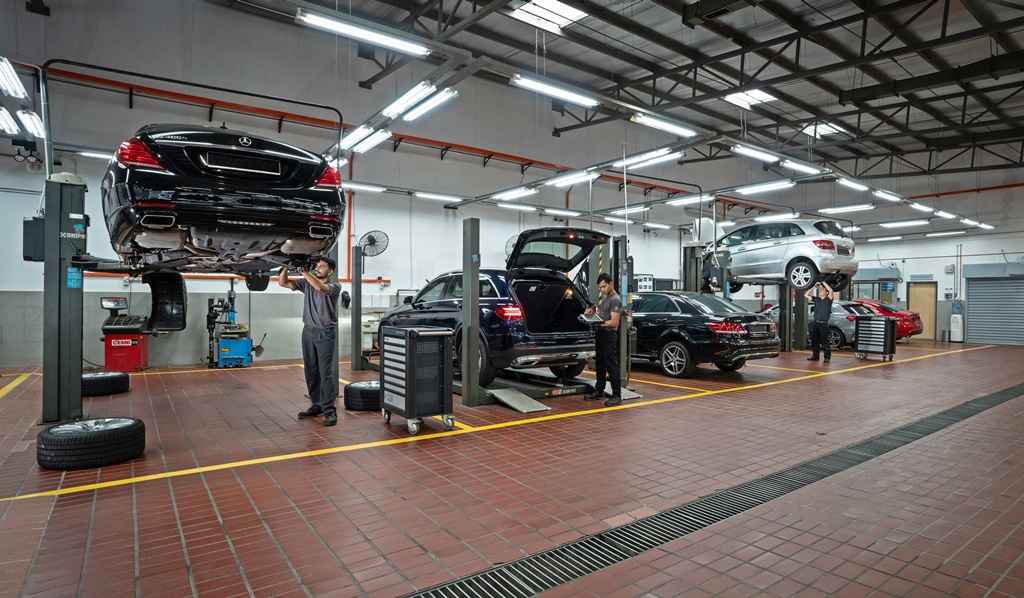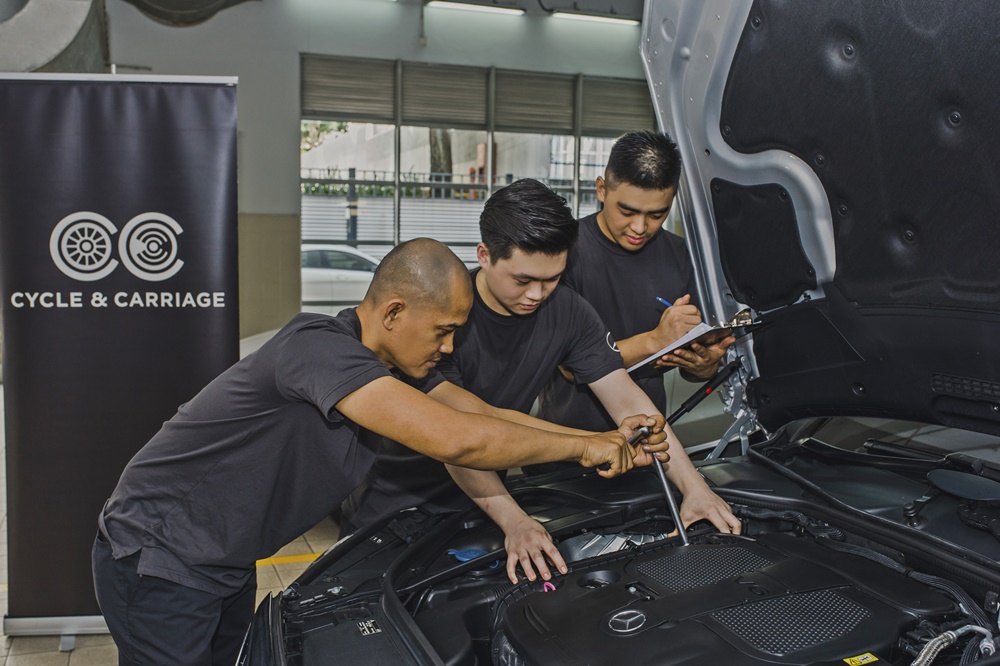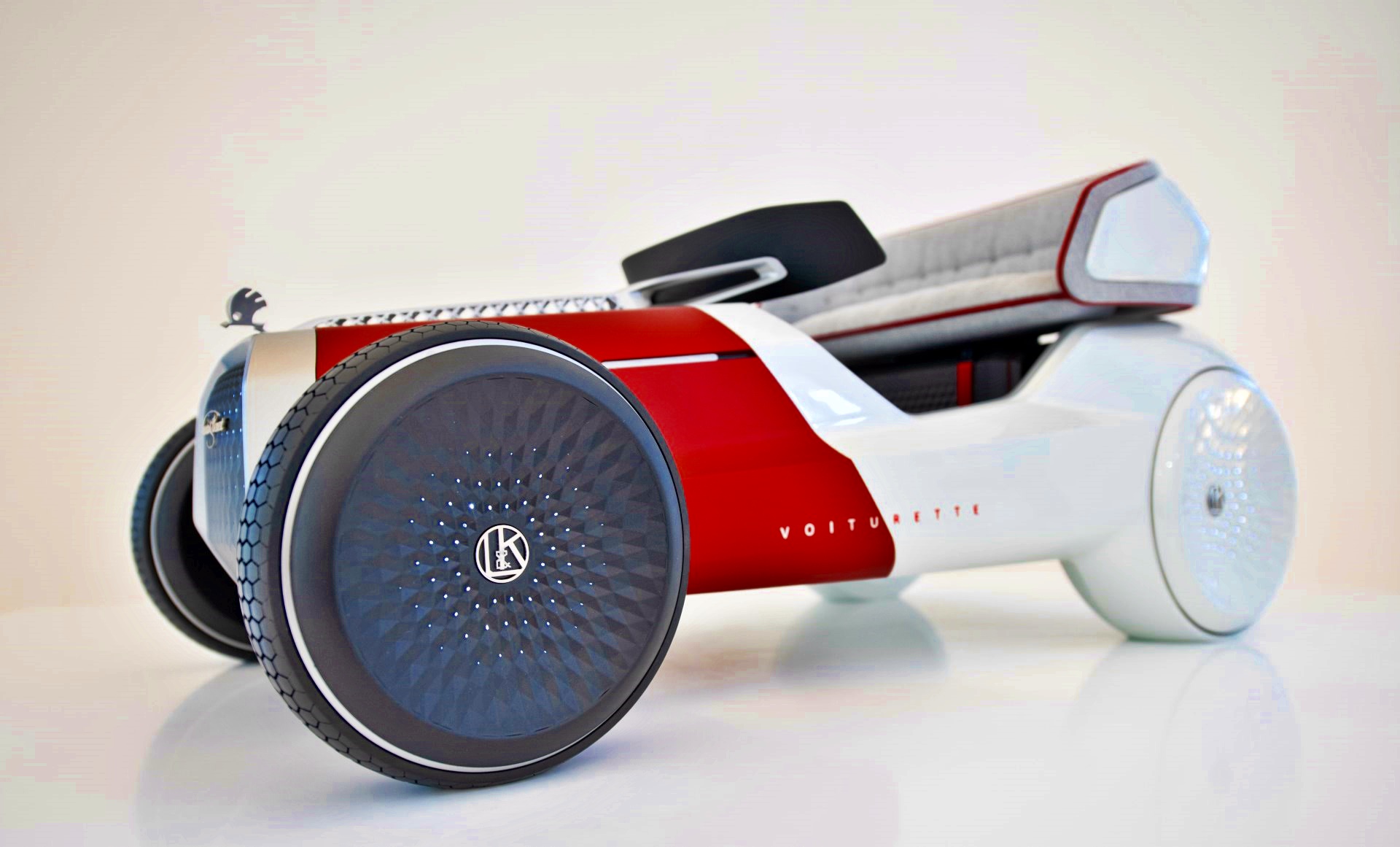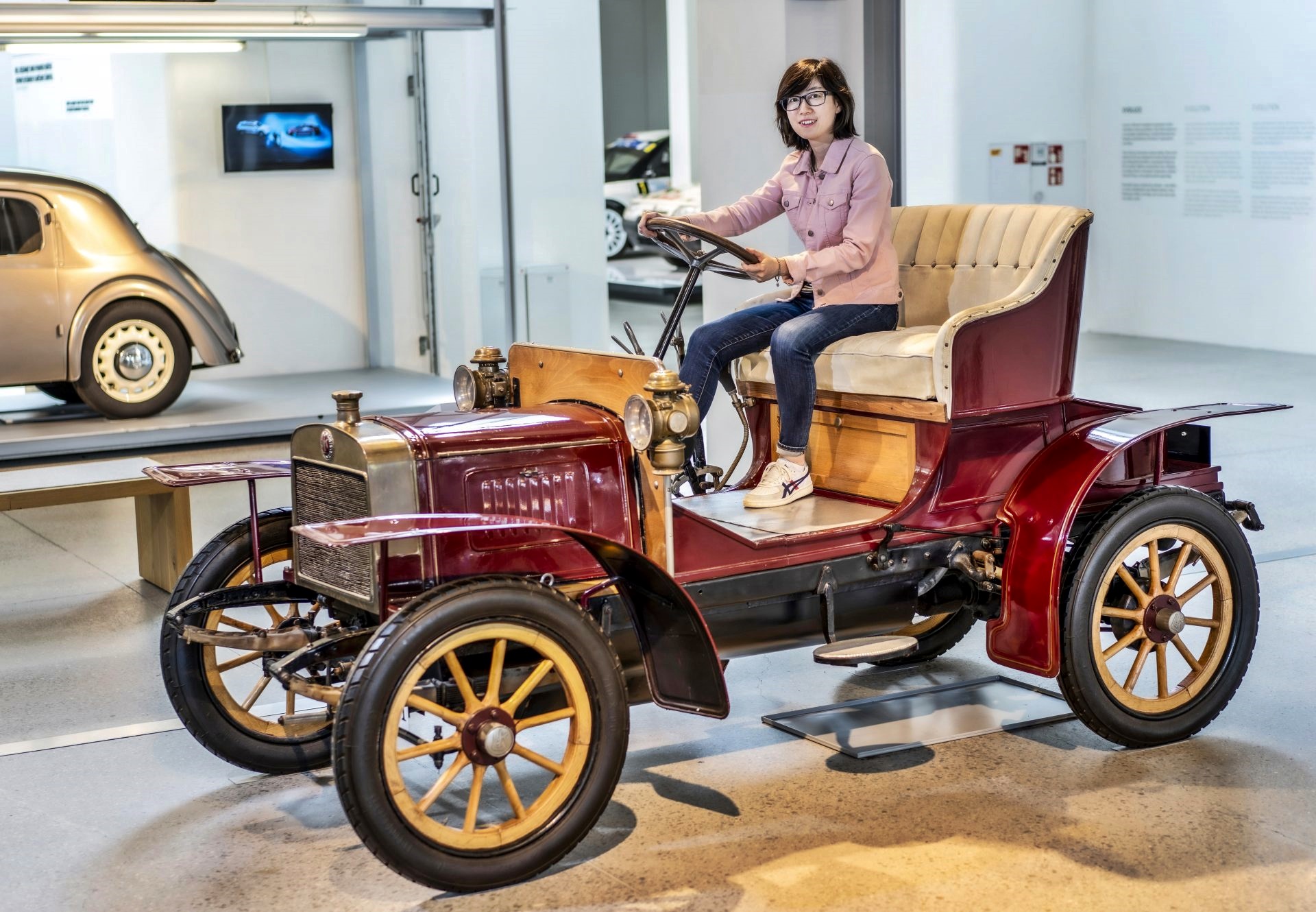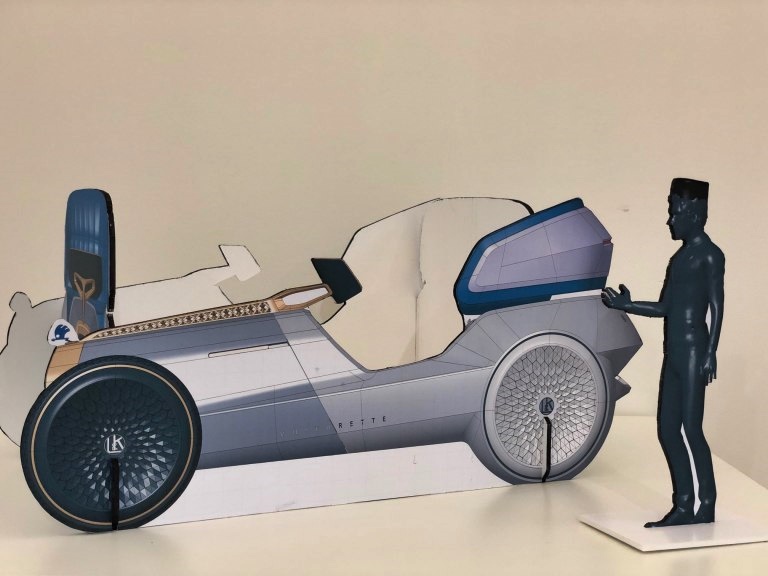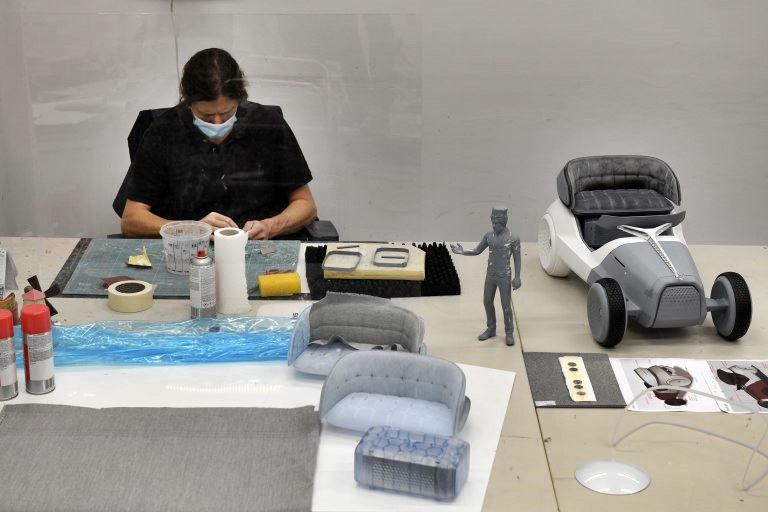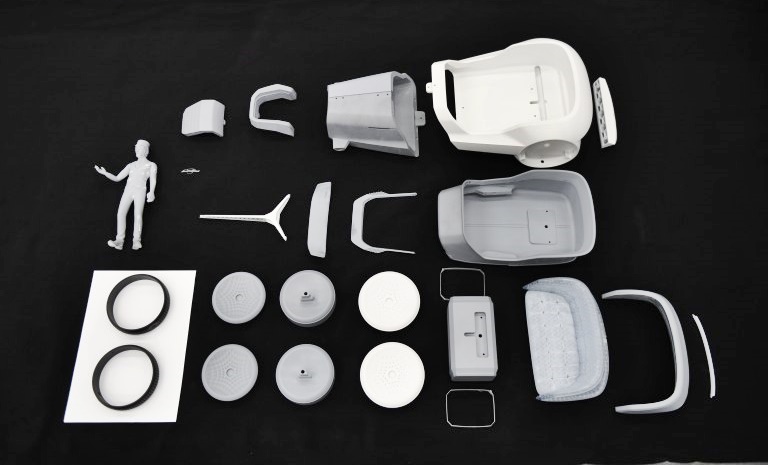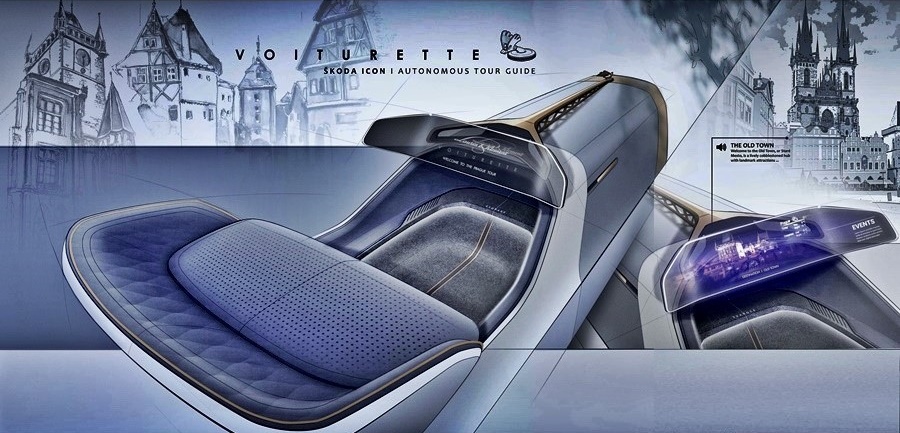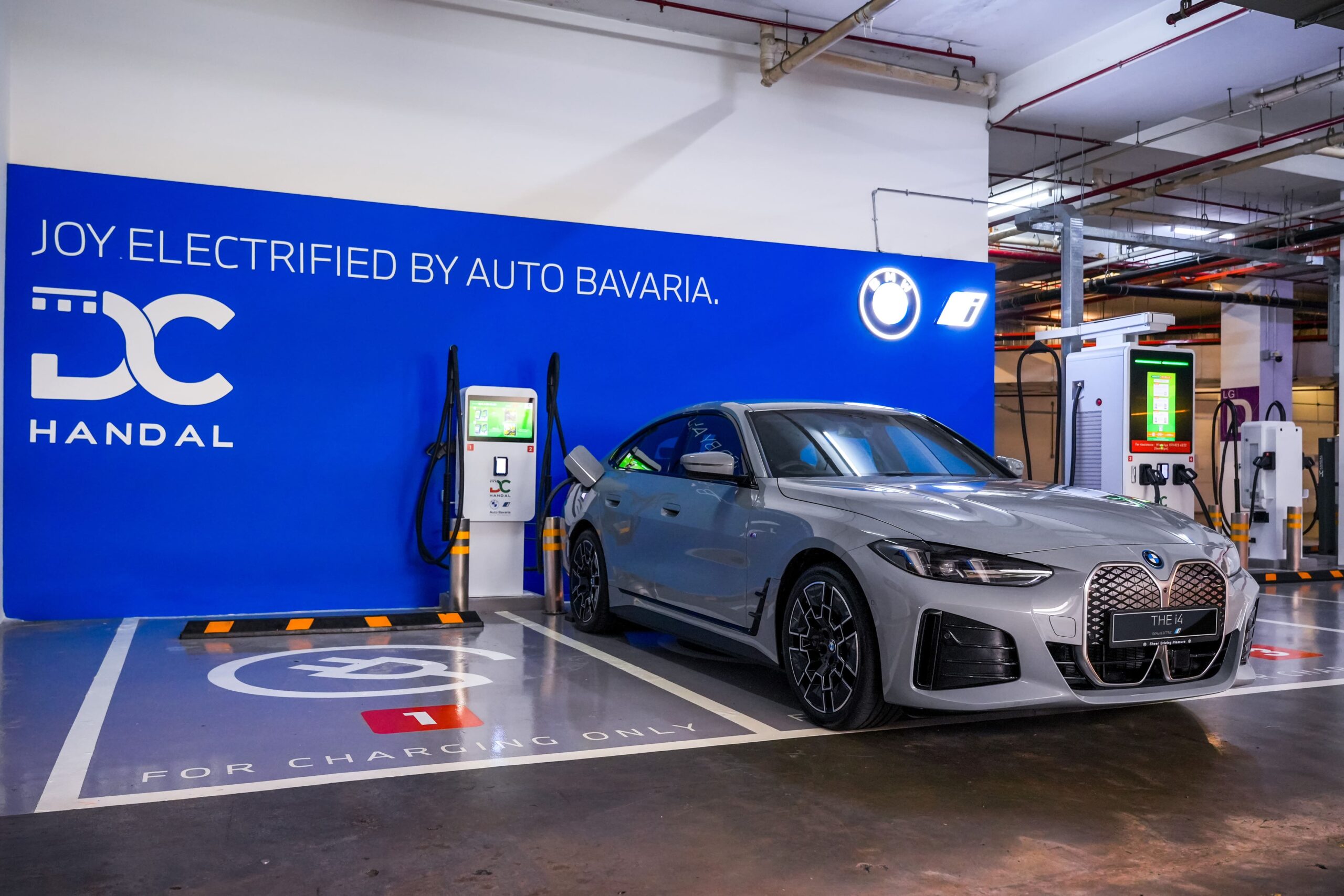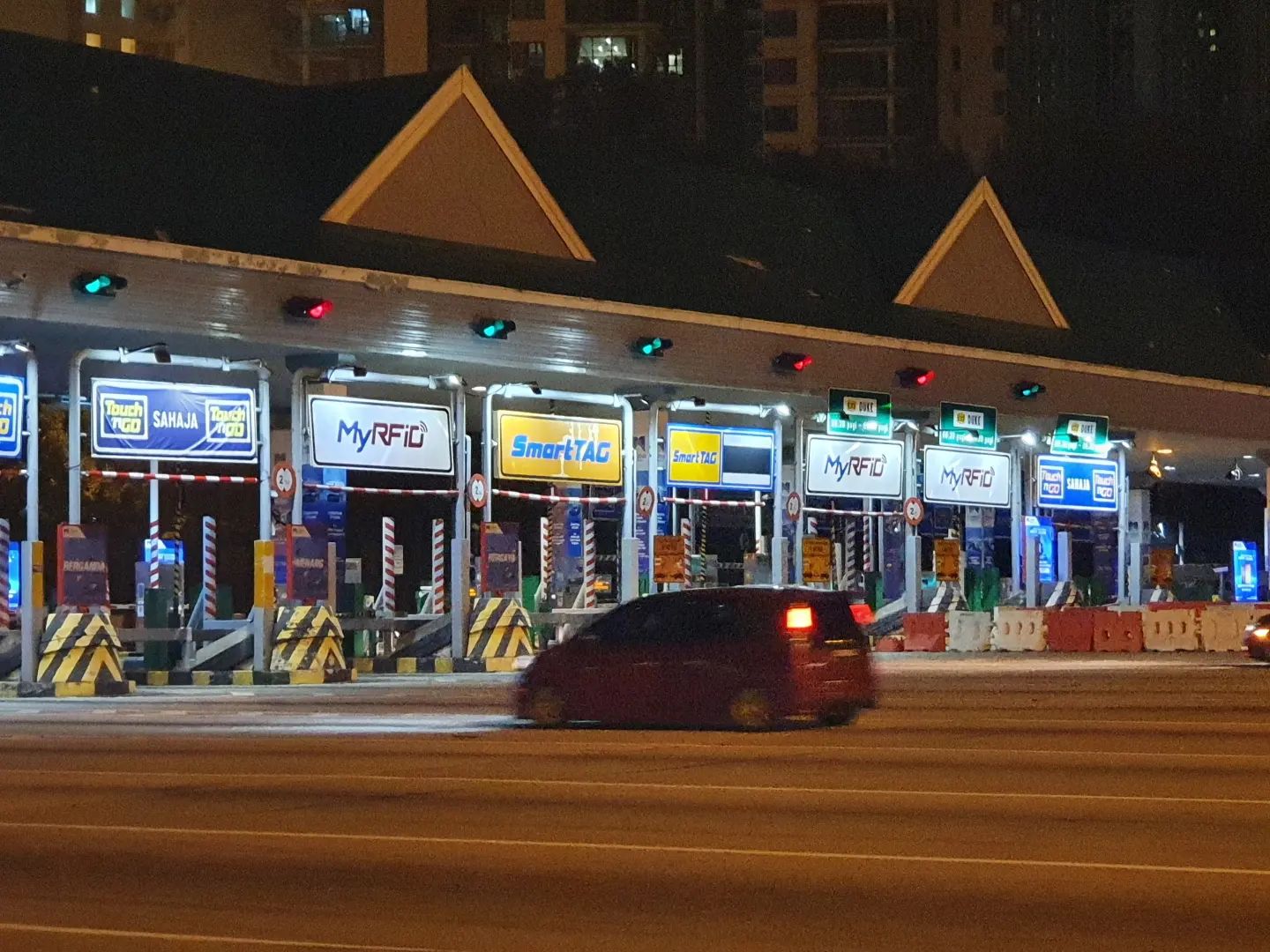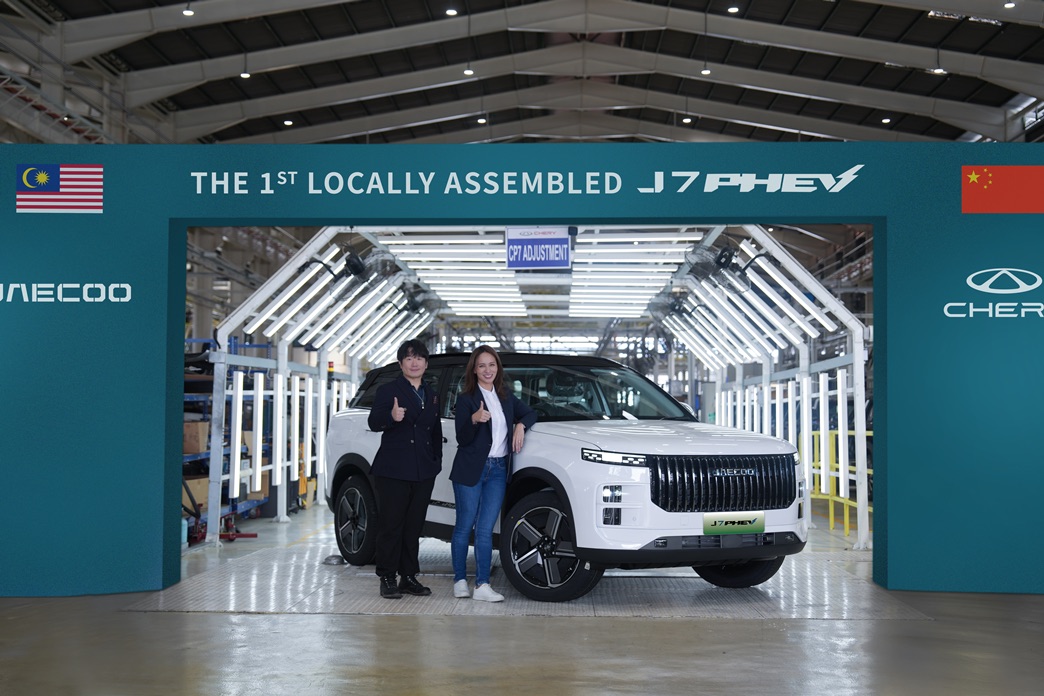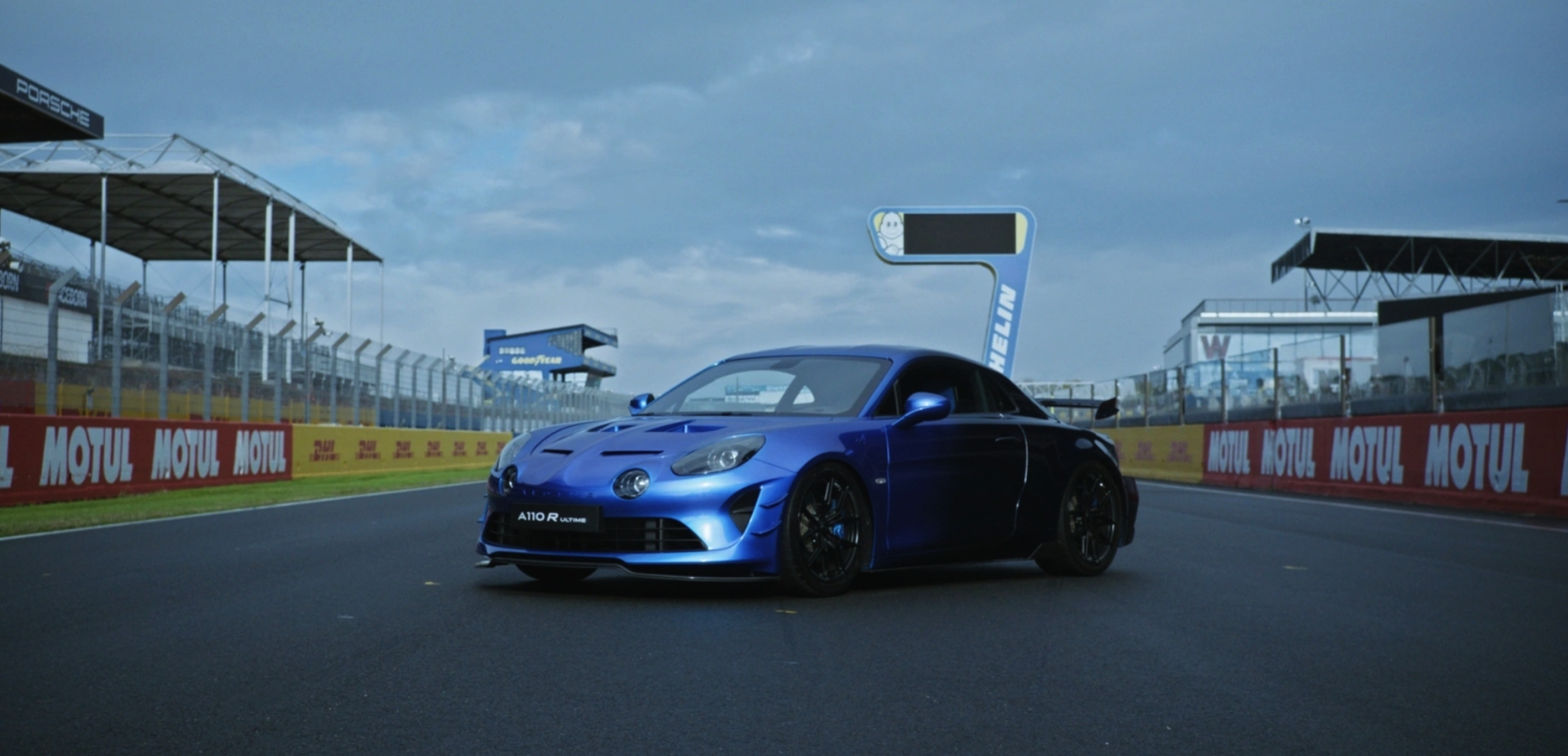Long wheelbase (LWB) sedans are not new but in earlier years, they were largely limited production cars, often extended by third parties (not the carmakers themselves). Generally, LWB cars were in the uppermost segment of the market as they were seen to confer more ‘status’. It was only in the 1980s that carmakers began to consider LWB variants as part of the range for a model.
BMW was one of the carmakers that saw a growing market for LWB sedans and E32 7-Series (1986 – 1994), it offered a factory-engineered and built LWB variant for the first time. However, this variant was intended for customers in the Middle East and Asia, where the owner typically sat behind and was driven around by a chauffeur. In Europe, even flagship models like the 7-Series were often driven by owners themselves who didn’t need the extra length or space for what was already a large sedan.
As economies grew, especially in China, demand for LWB models increased with more and more customers willing to pay extra for the additional status. With China being such a huge market, manufacturers like BMW were willing to special engineer variants for just that market as there was enough volume to justify the development costs. Often, when the LWB models were launched, the company would say that it was only meant for China.
Assembled in Malaysia
As distributors in other markets began to get more requests, BMW has changed the policy and sees enough volume to make LWB variants a part of the range for some models. This includes the 3-Series and now this has come to Malaysia in the form of the 330Li M Sport. And it is not imported from Germany (or China) as a CBU product either; it is assembled locally at the BMW facility in Kedah. Local assembly enables the price to start from RM277,164.22 (excluding insurance) with full exemption of sales tax until the end of the year.
Proportions maintained
In developing the LWB version, the designers have maintained appealing proportions even while extending the wheelbase by 110 mm compared to the standard version. This allows the overall body length to increase to 4819 mm which is also 110 mm longer than the standard body. The increase provides an extra 42 mm of legroom for the rear passengers.
The kidney grille of the 330Li M Sport is suitably sized for the car, with black struts distinctively framed in chrome. Flanking the grilles are Adaptive LED Headlights which will vary their intensity automatically depending on traffic conditions at night.
Besides the BMW Individual High-Gloss Shadow Line, the exterior features M Aerodynamics and M Sport Packages, 18-inch M light alloy wheels in Double-Spoke style 848 M bicolour with mixed tyres and run-flat tyres, double-sided exhaust tailpipe finishers with a trapezoidal design in the rear, as well as the panorama glass roof, and welcome lighting on both sides.
258 ps TwinPower Turbo engine
Although there is added weight with the longer bodyshell and chassis, the 4-cylinder 2-litre TwinPower Turbo petrol engine should still be able to maintain the same level of performance as it has an output of 258 ps/400 Nm. Accelerating through the gears of the Steptronic Sport transmission, the 100 km/h mark should be passed within a claimed 6.2 seconds. Fuel consumption is claimed to be around 13.5 kms/litre.
The LWB variant of the 7th generation 3-Series has the same suspension set-up (double wishbones/multi-link) as the standard wheelbase version. But it was not just a matter of lengthening components alone; the driving dynamics also had to be considered and suspension tuning revised to ensure a similar level of performance even with the additional weight and length.
Inside the 330iL
As for the interior, the 330iL M Sport gets interior trim finishers in Aluminium Tetragon with highlight trim finishers in Pearl Chrome around the cabin. The driver has an M leather steering wheel and M-specific foot pedals, with electric adjustment for the seat to easily get the right driving position. The Comfort Access System makes getting in and out easy. Boot space is 480 litres, improved with the storage compartment package that offers more stowage possibilities.
The infotainment, navigation and driver display systems are managed by the latest BMW Operating System 7.0. The BMW Live Cockpit Professional has a fully digital 12.3-inch instrument panel while the Navigation System Professional has a 10.25-inch touchscreen.
A new app for interaction
Owners can now have greater digital interaction with their car via the new My BMW App. This app provides easy access to a wide range of remote services, on-the-go navigation, and e-mobility features. Intended to replace the BMW Connected App after this month, it is available for free download to smartphones from the respective Android and iPhone stores.
The new 330Li M Sport is available for purchase from today but for now, visits to showrooms are still not permitted under the FMCO. However, those who wish to start the purchase process can do so by making a booking at the BMW Shop Online.
Click here for other BMW news and articles.




